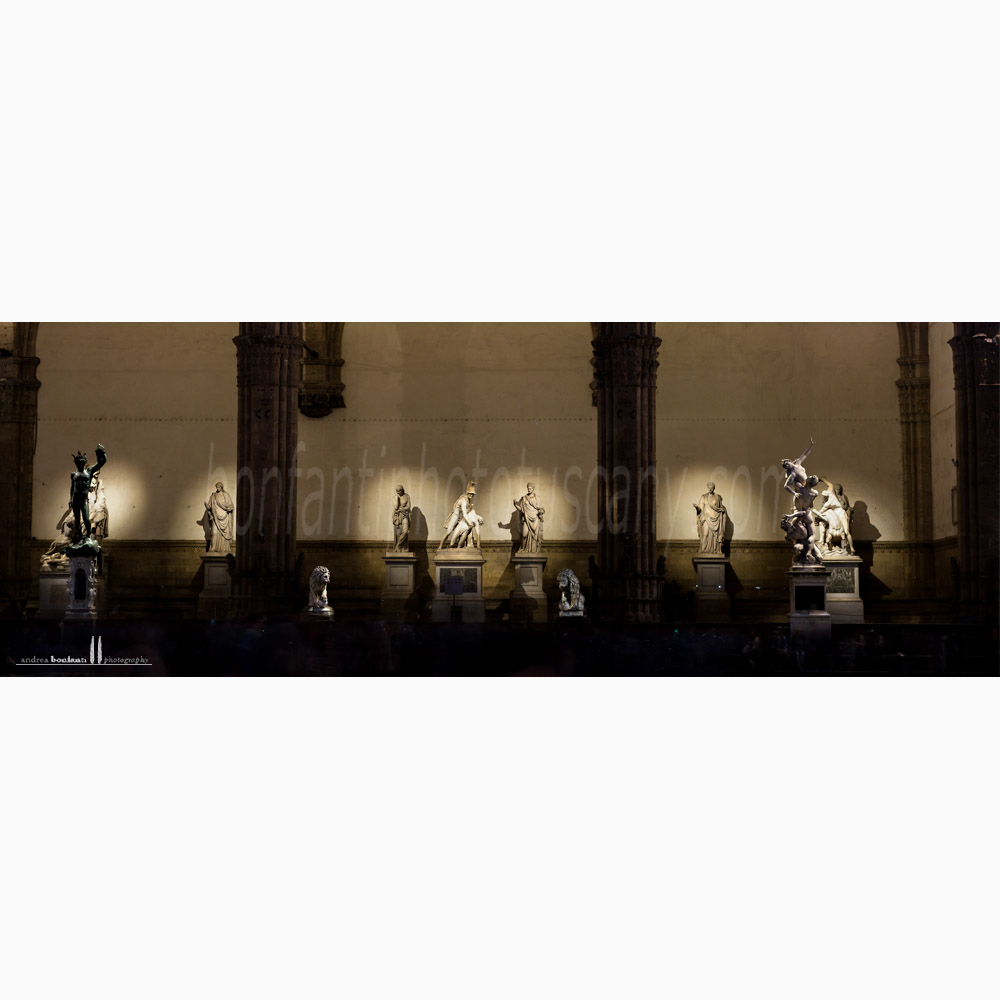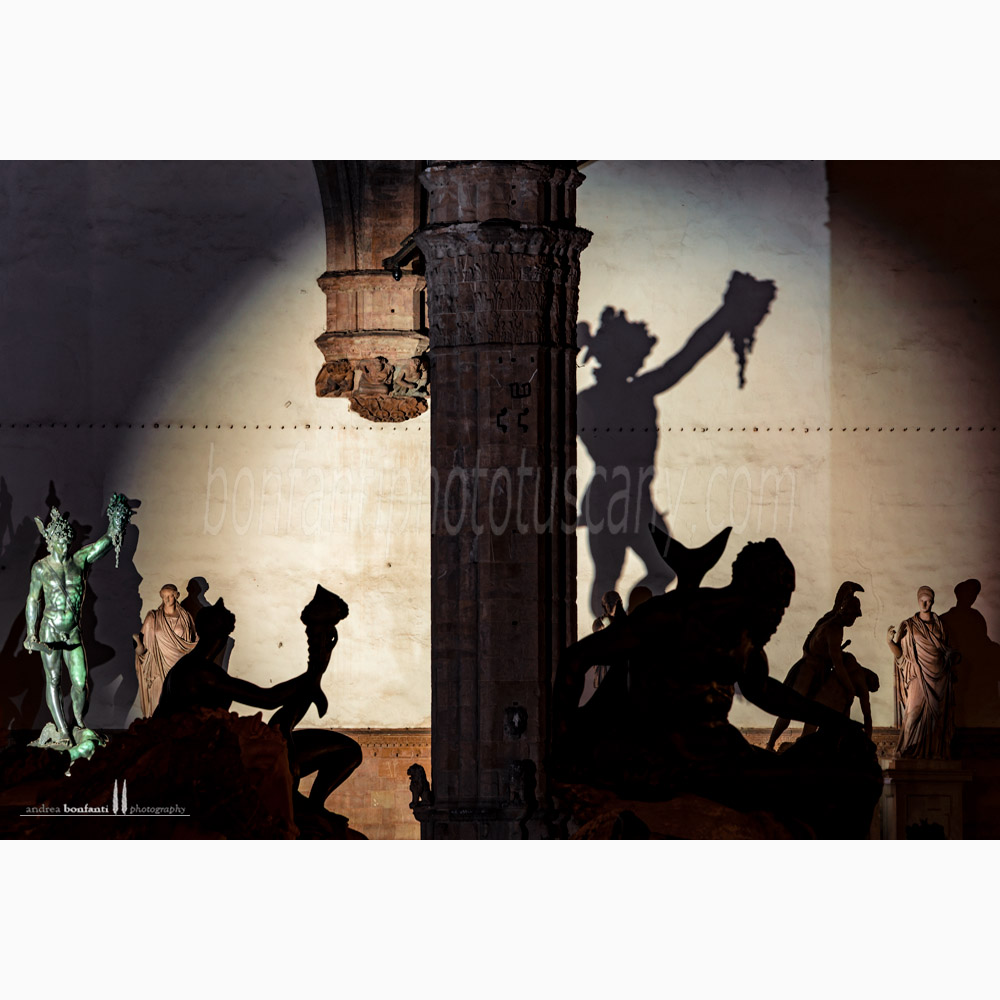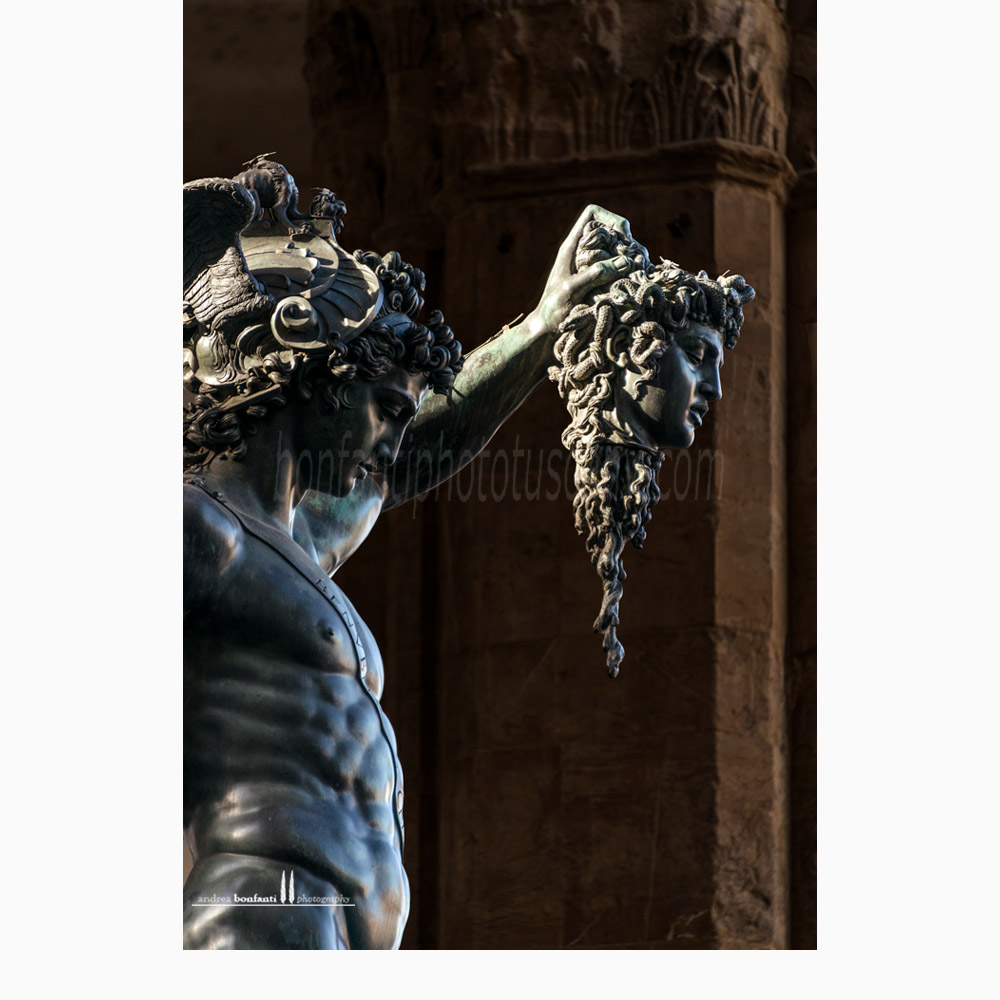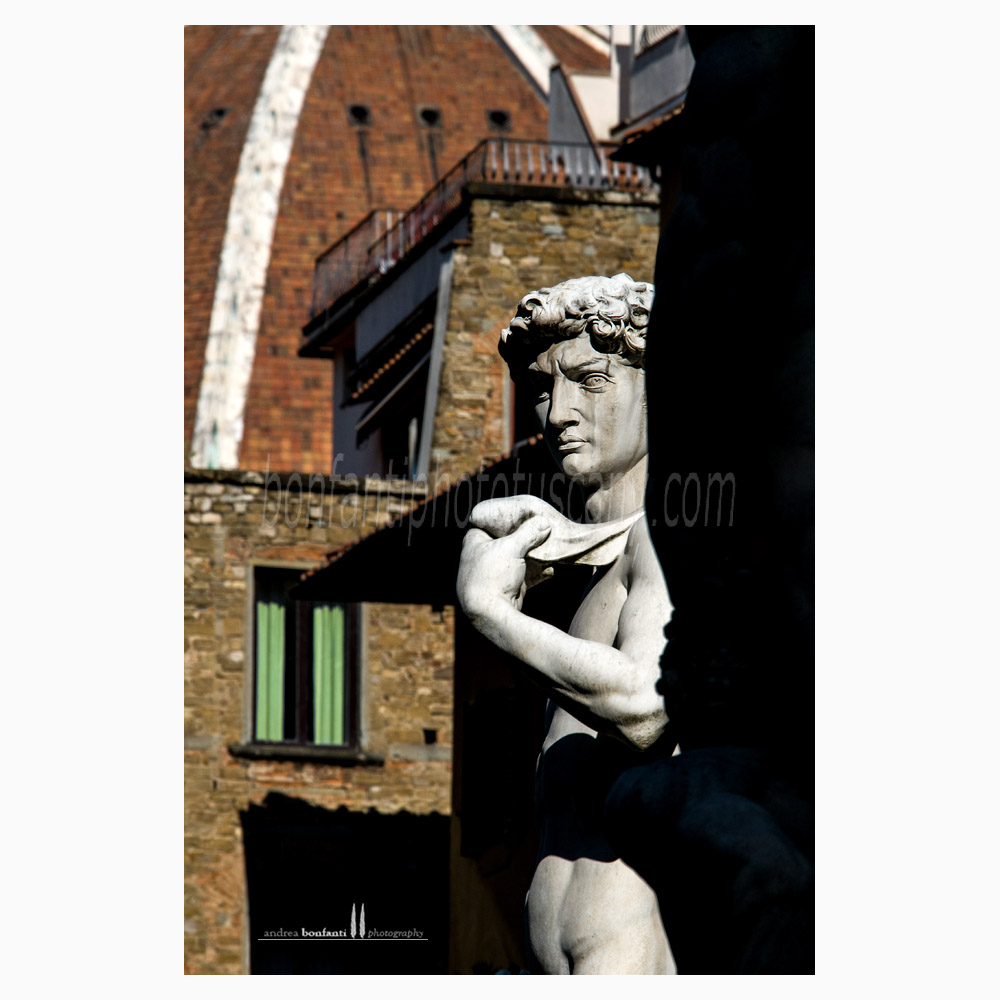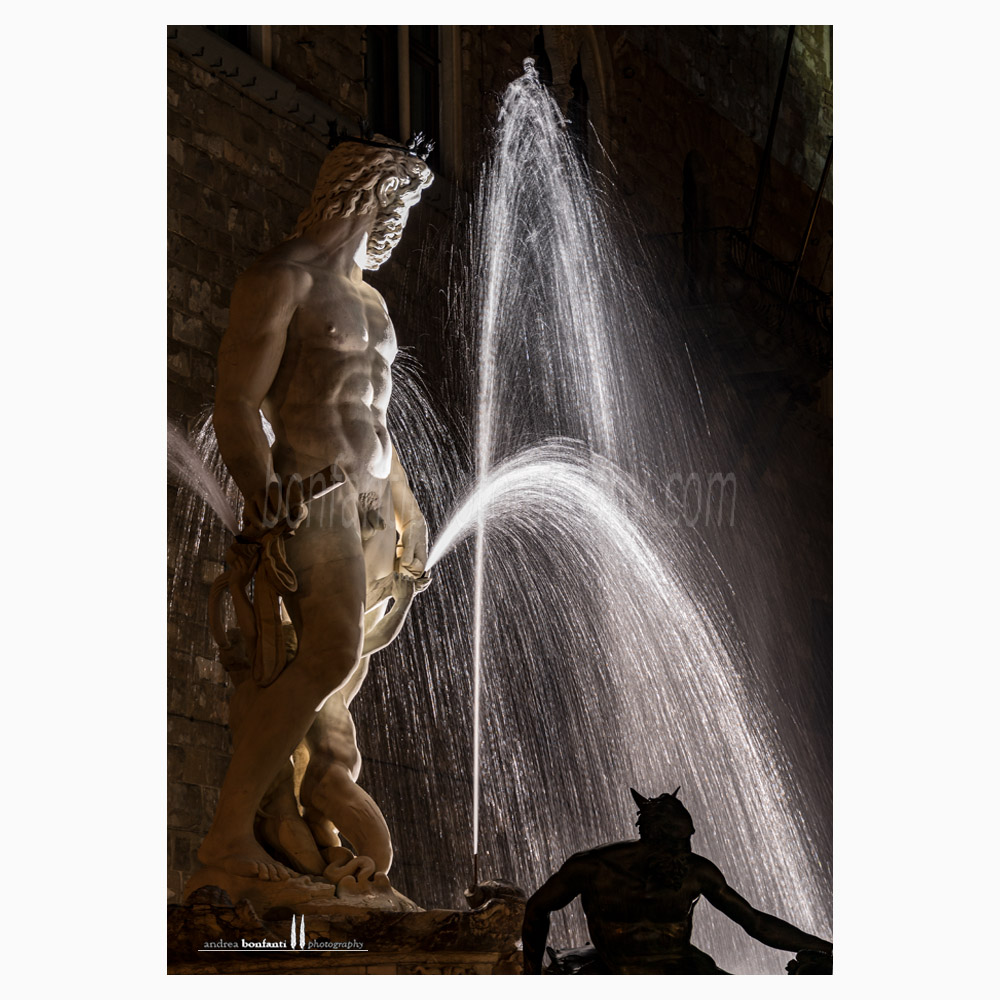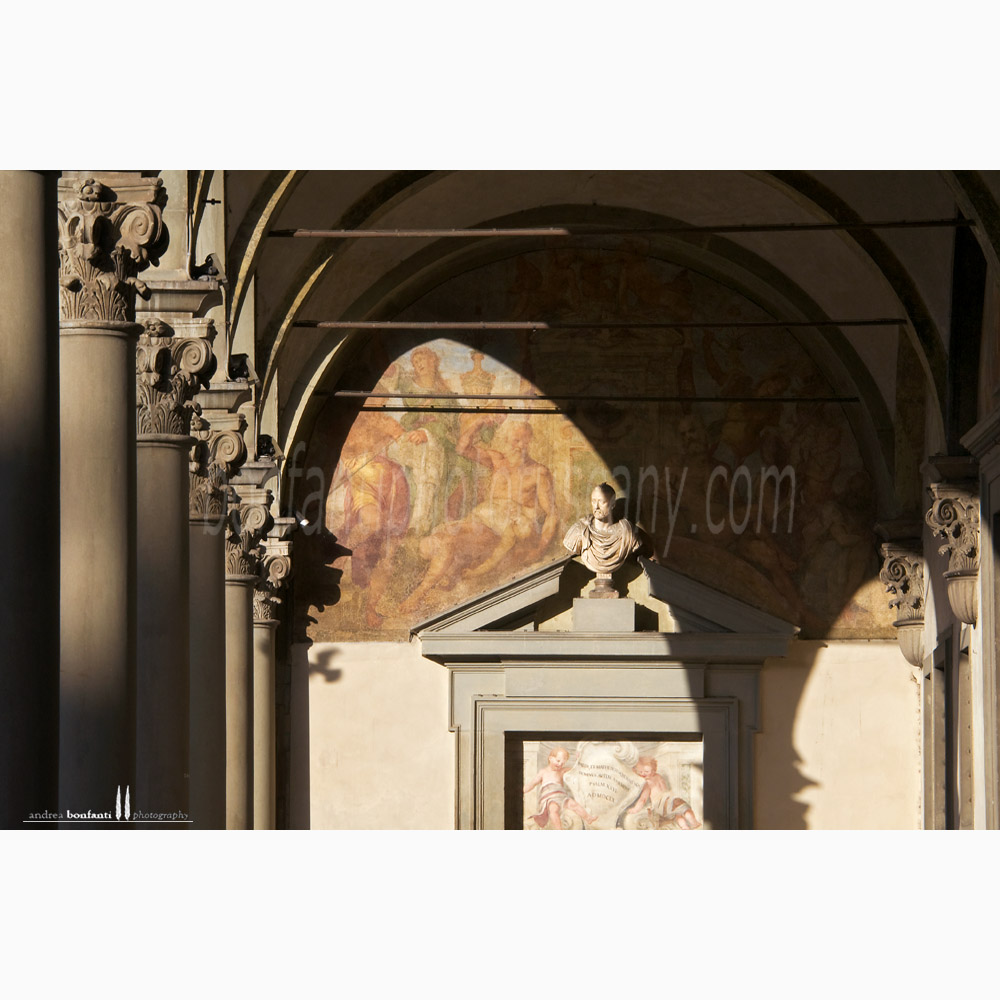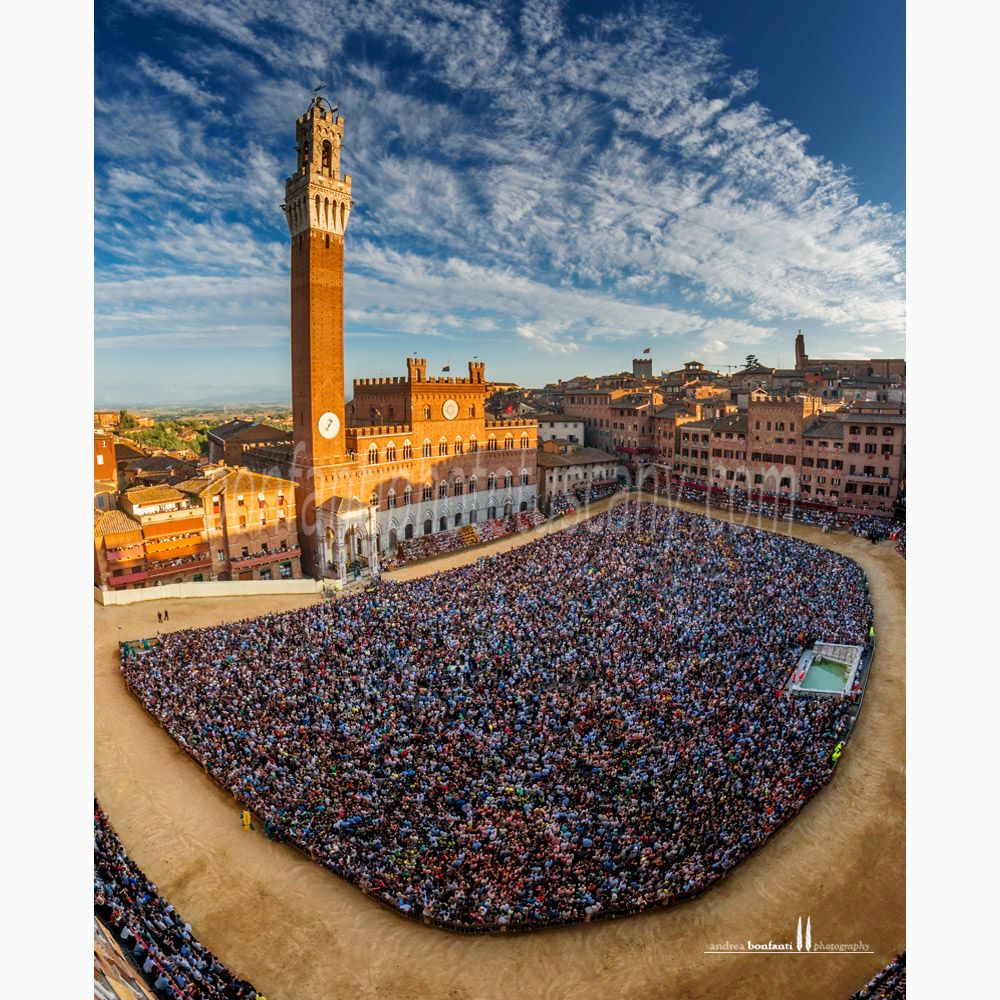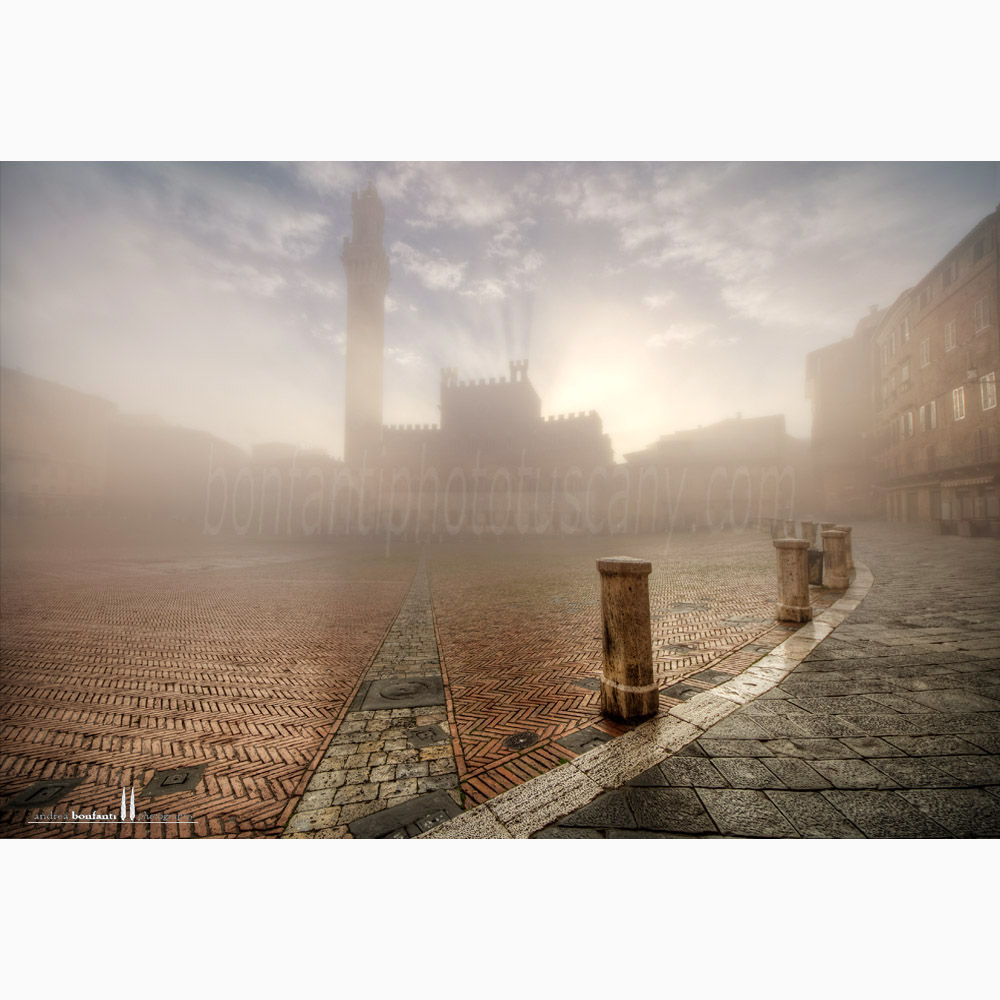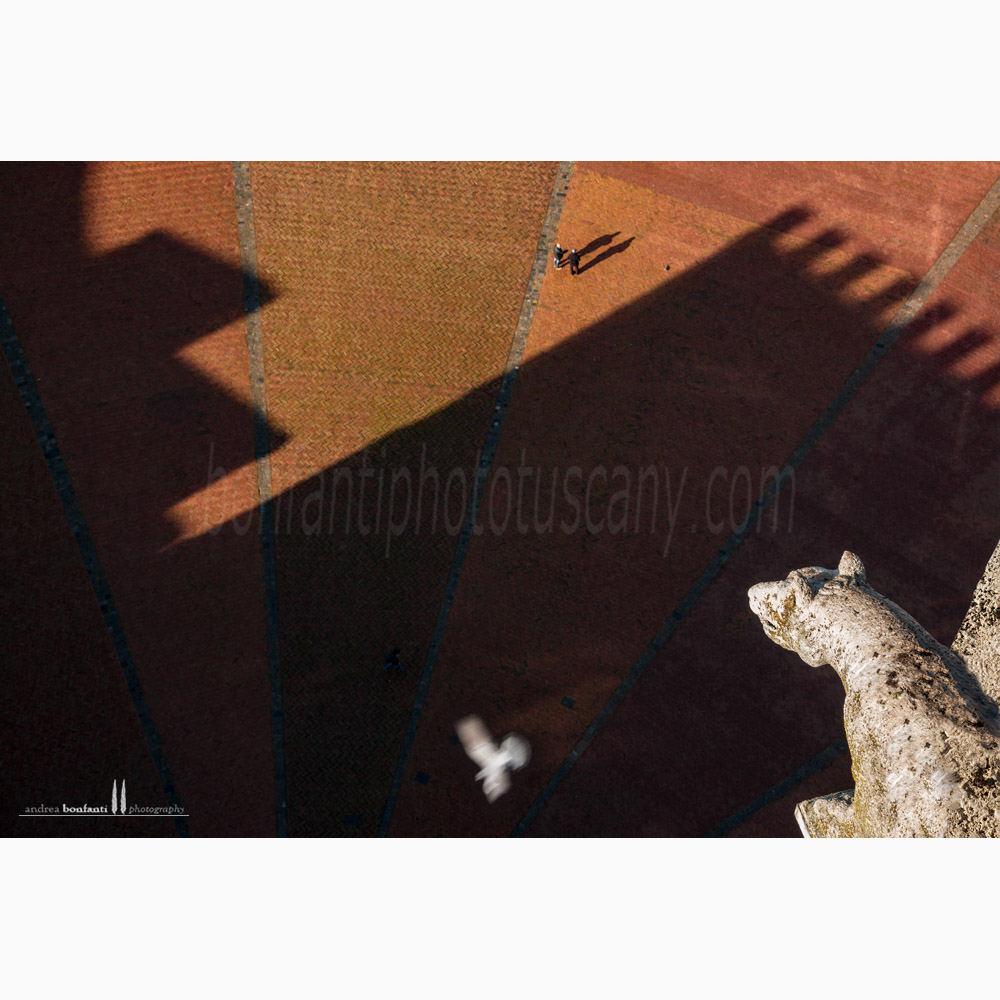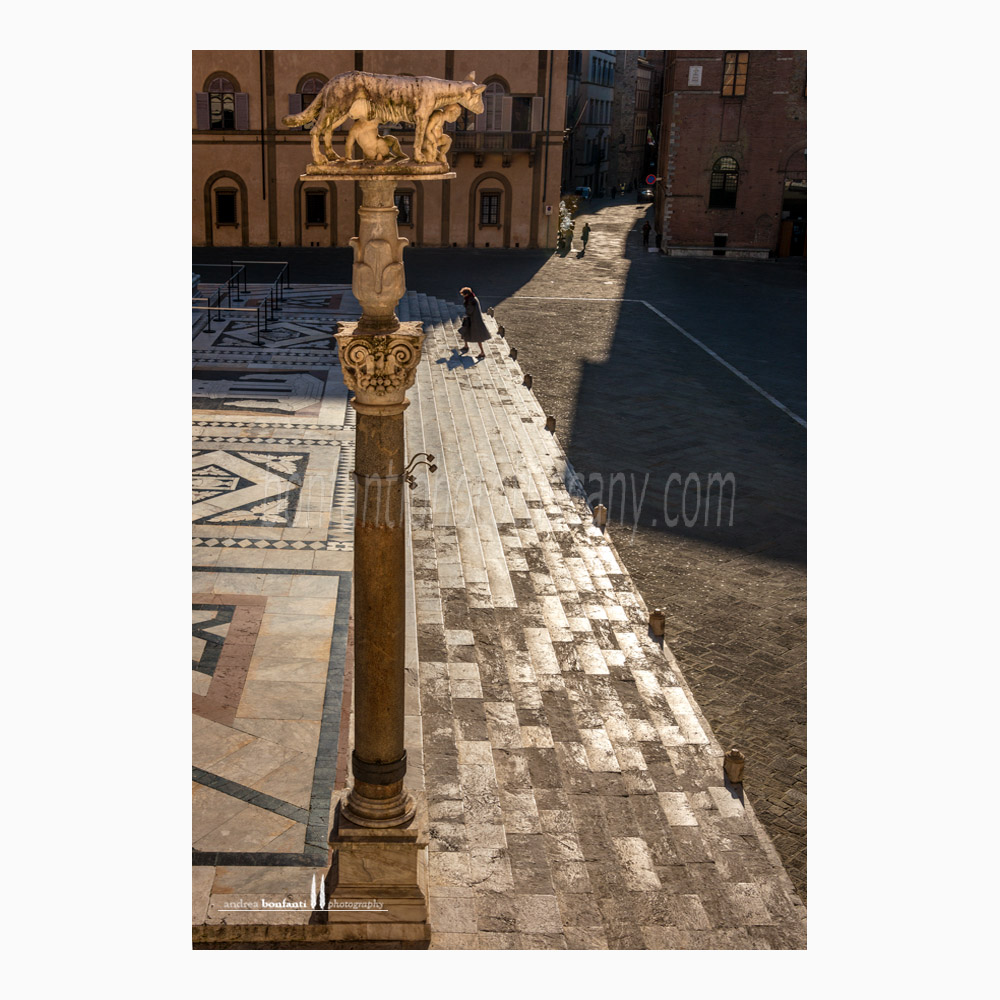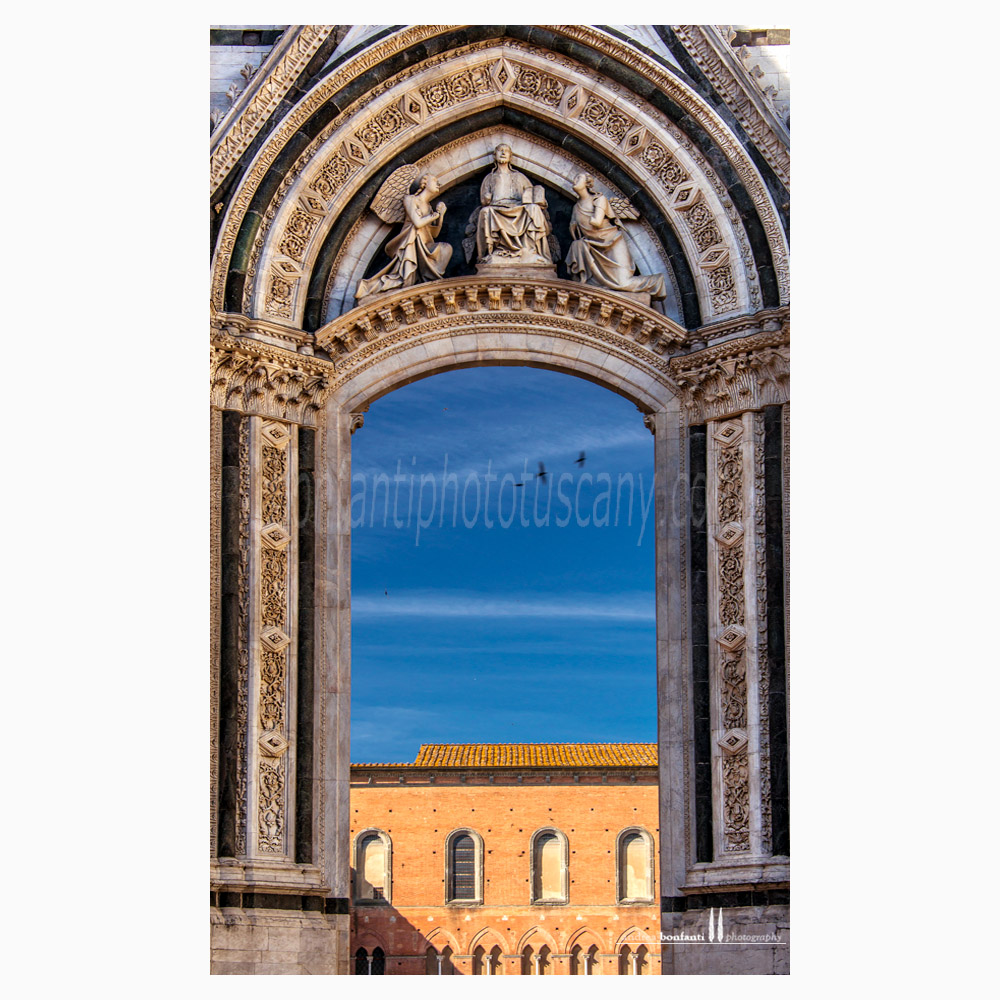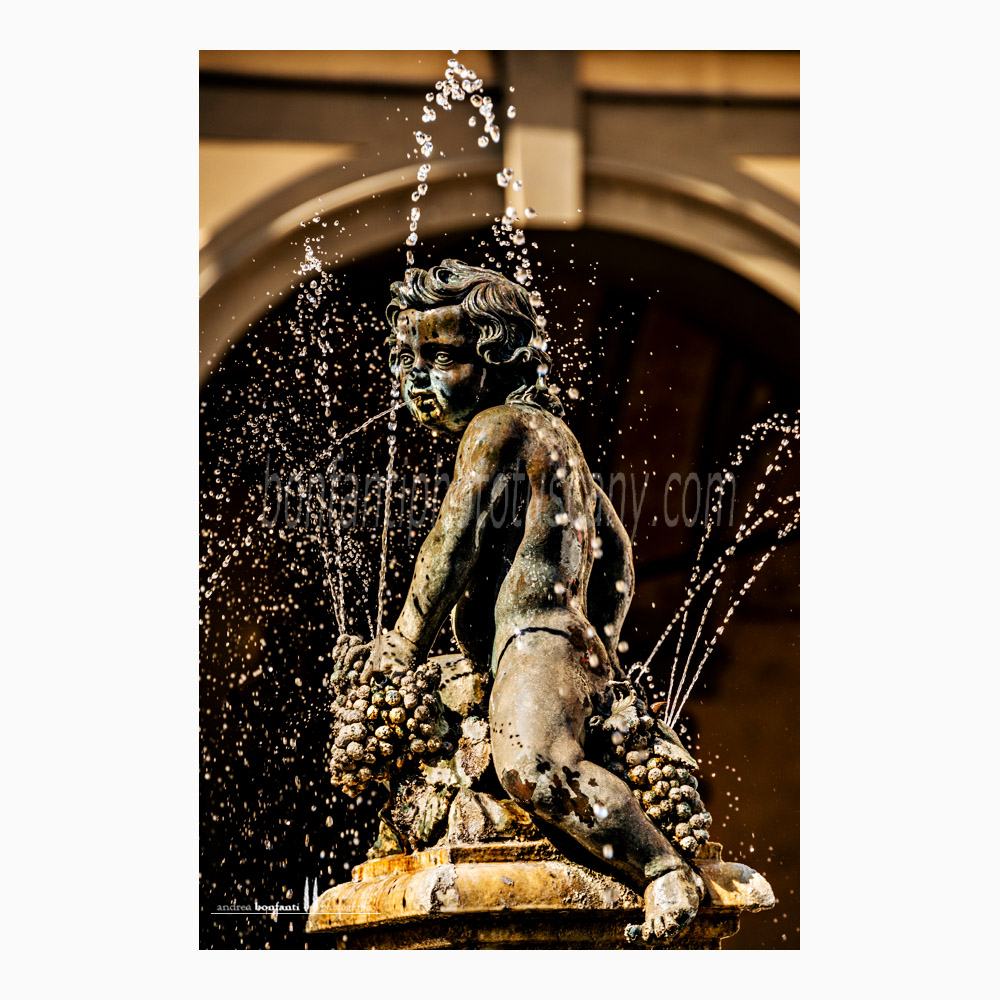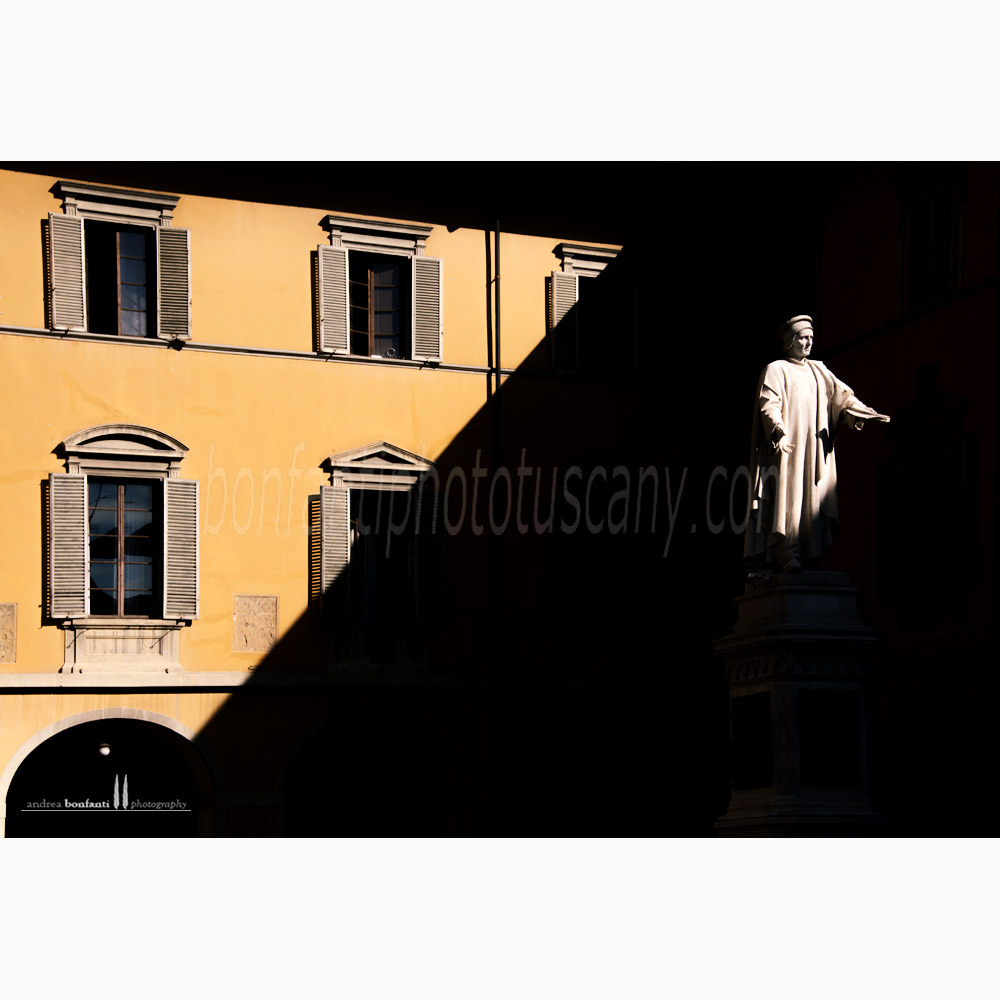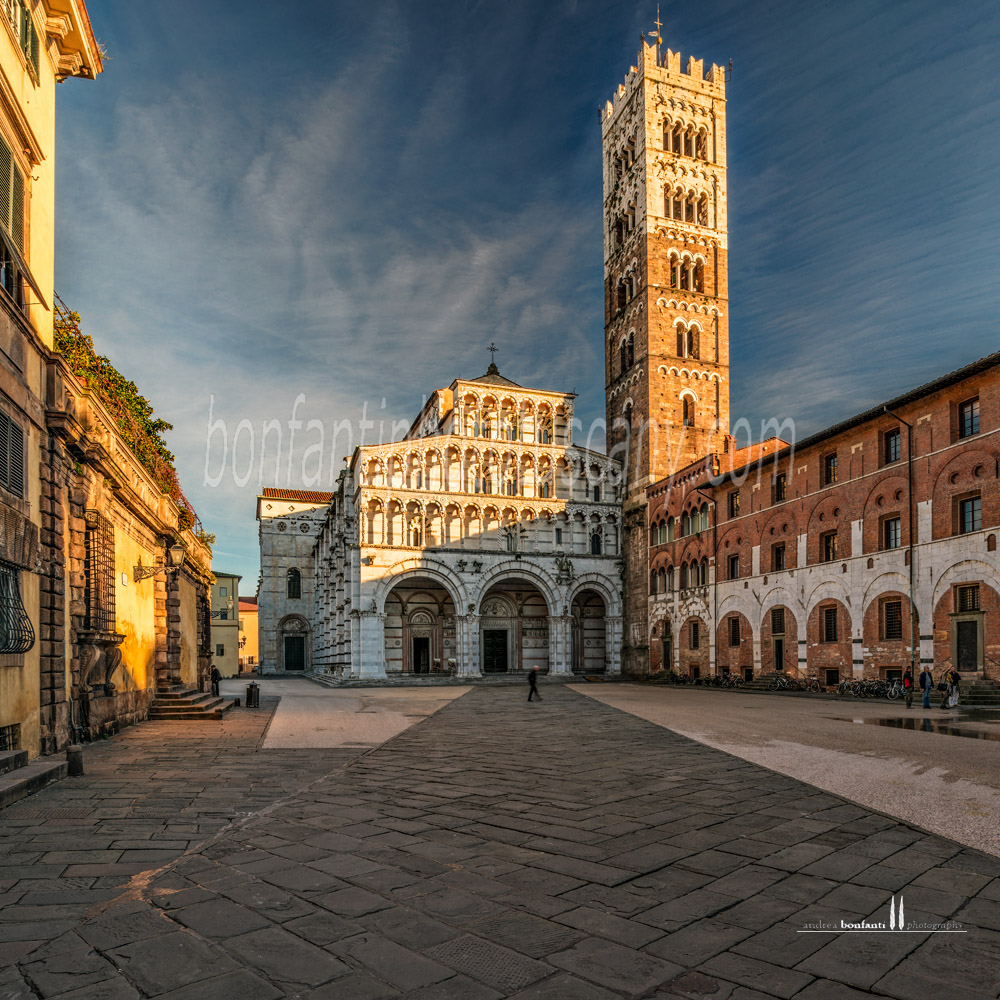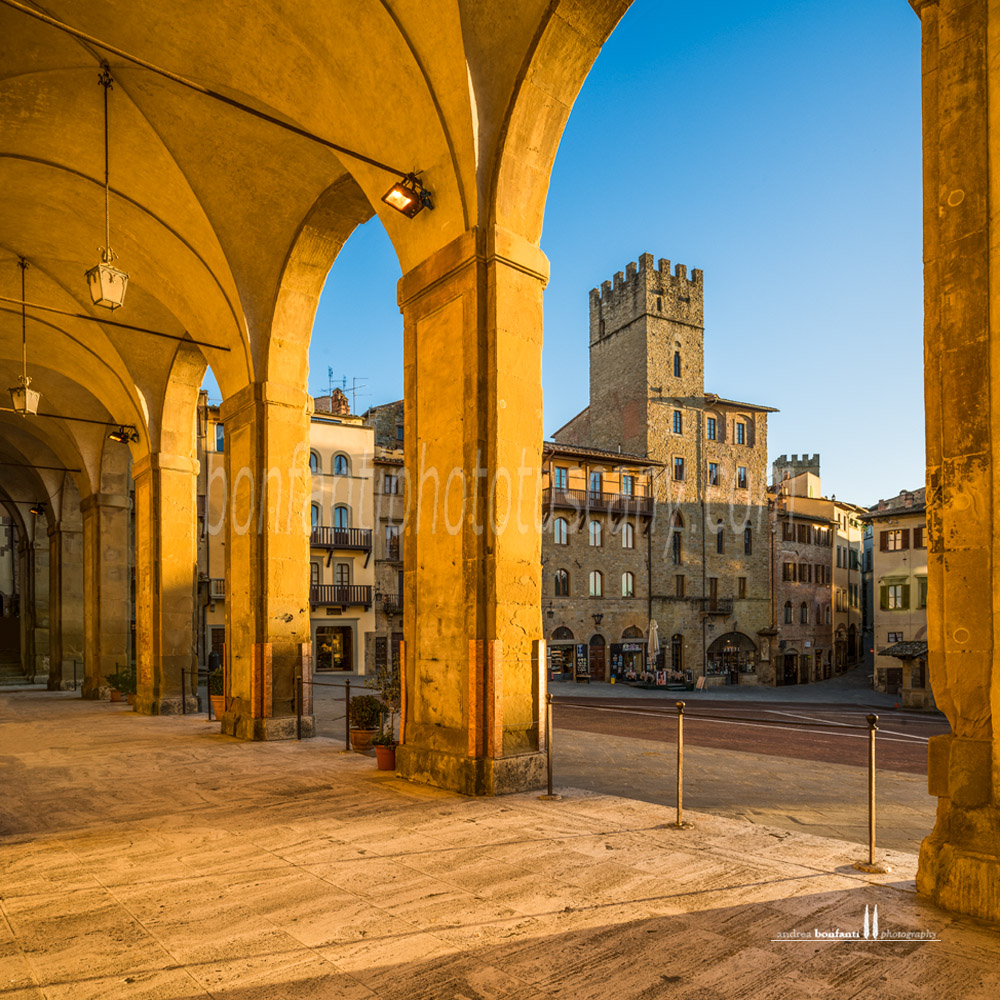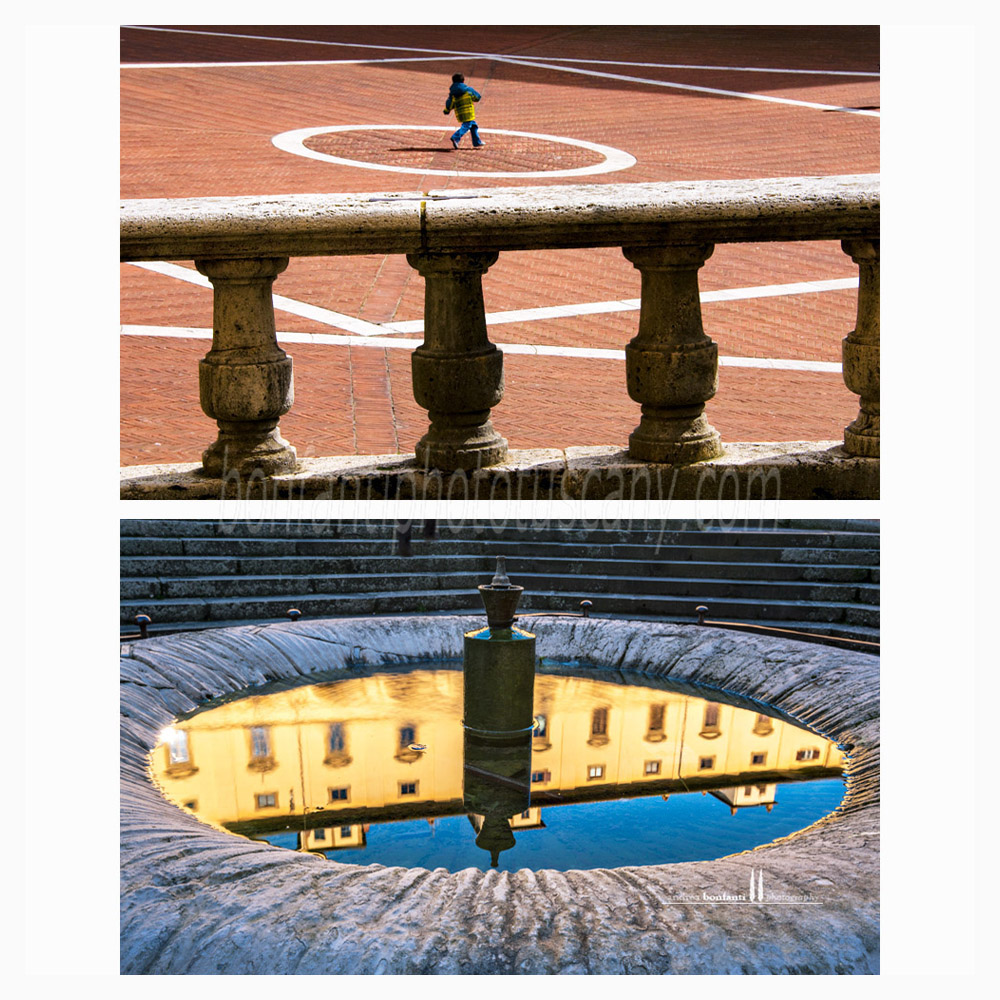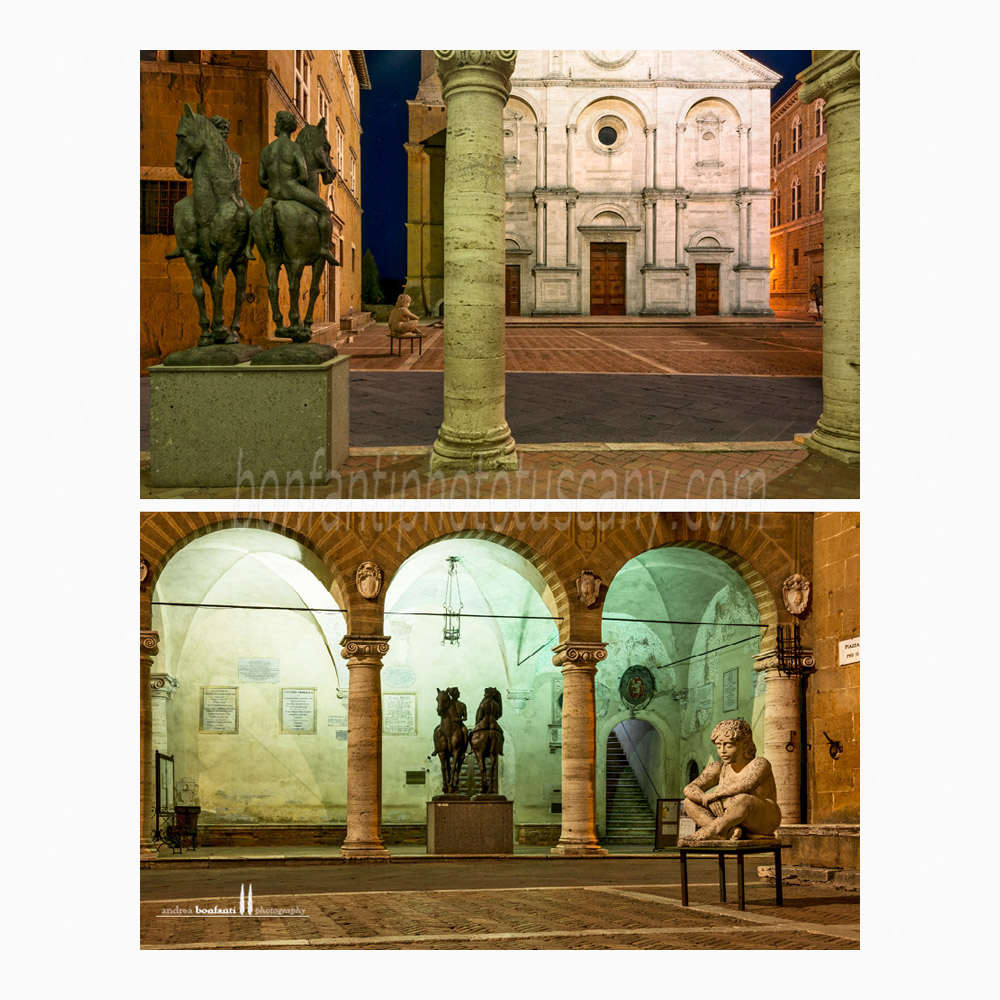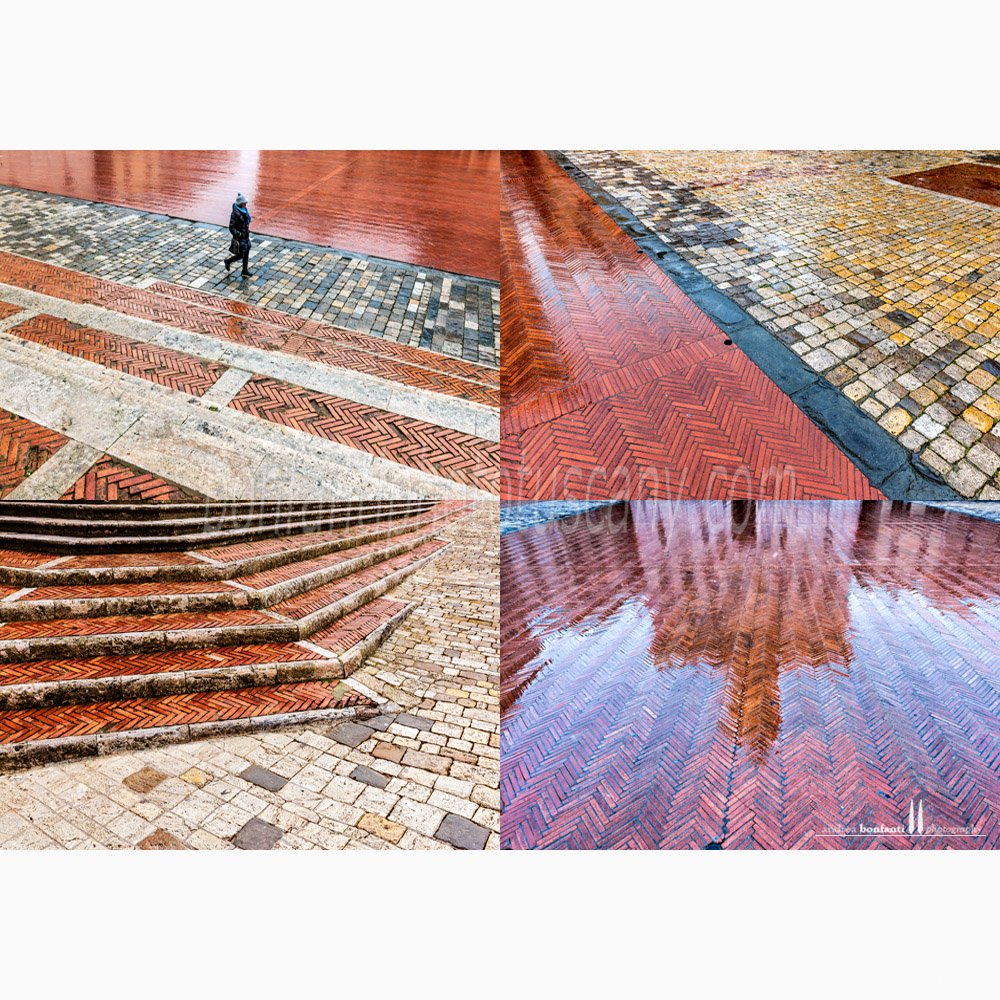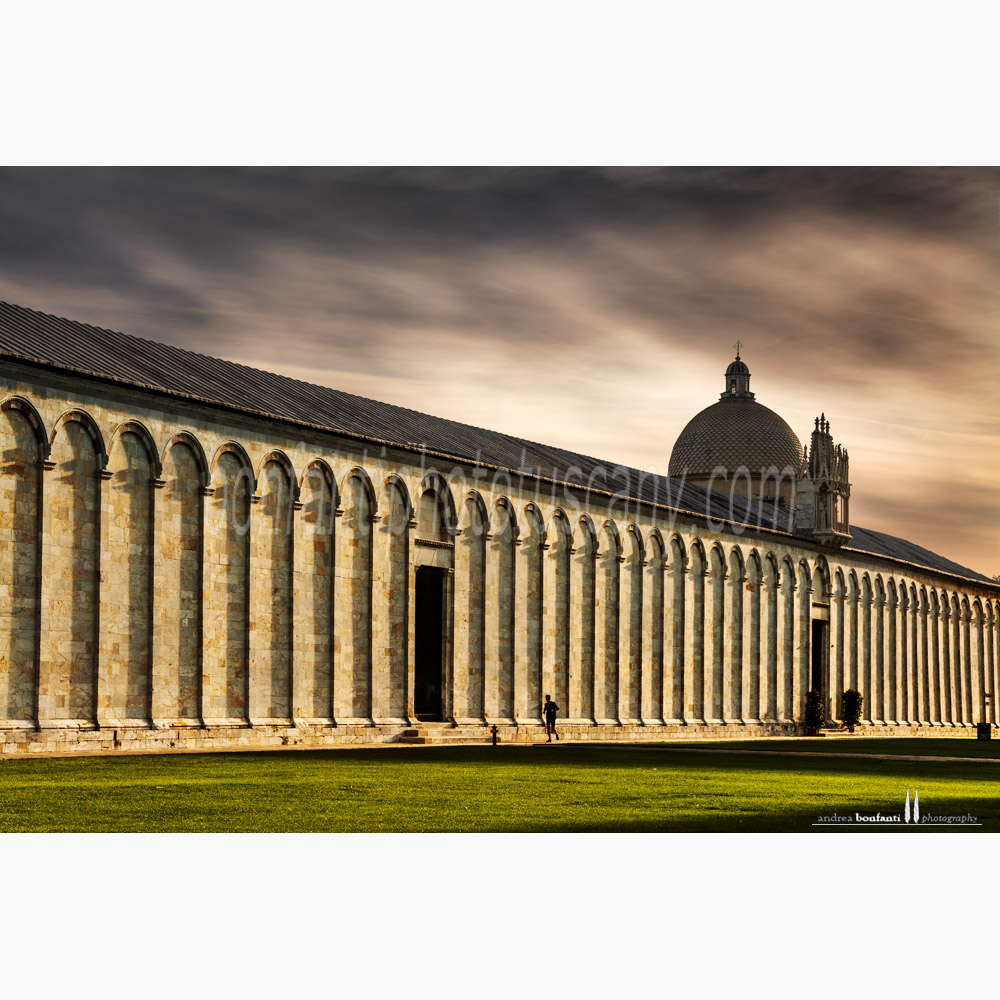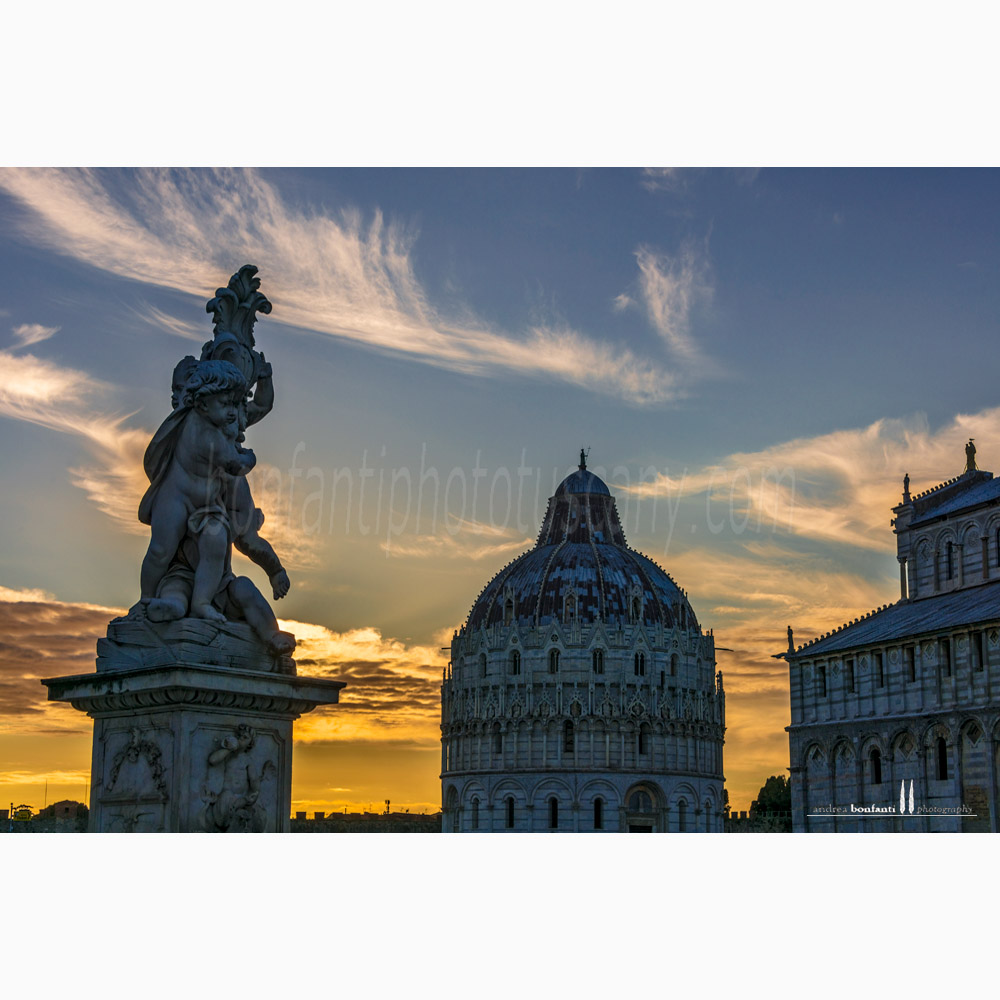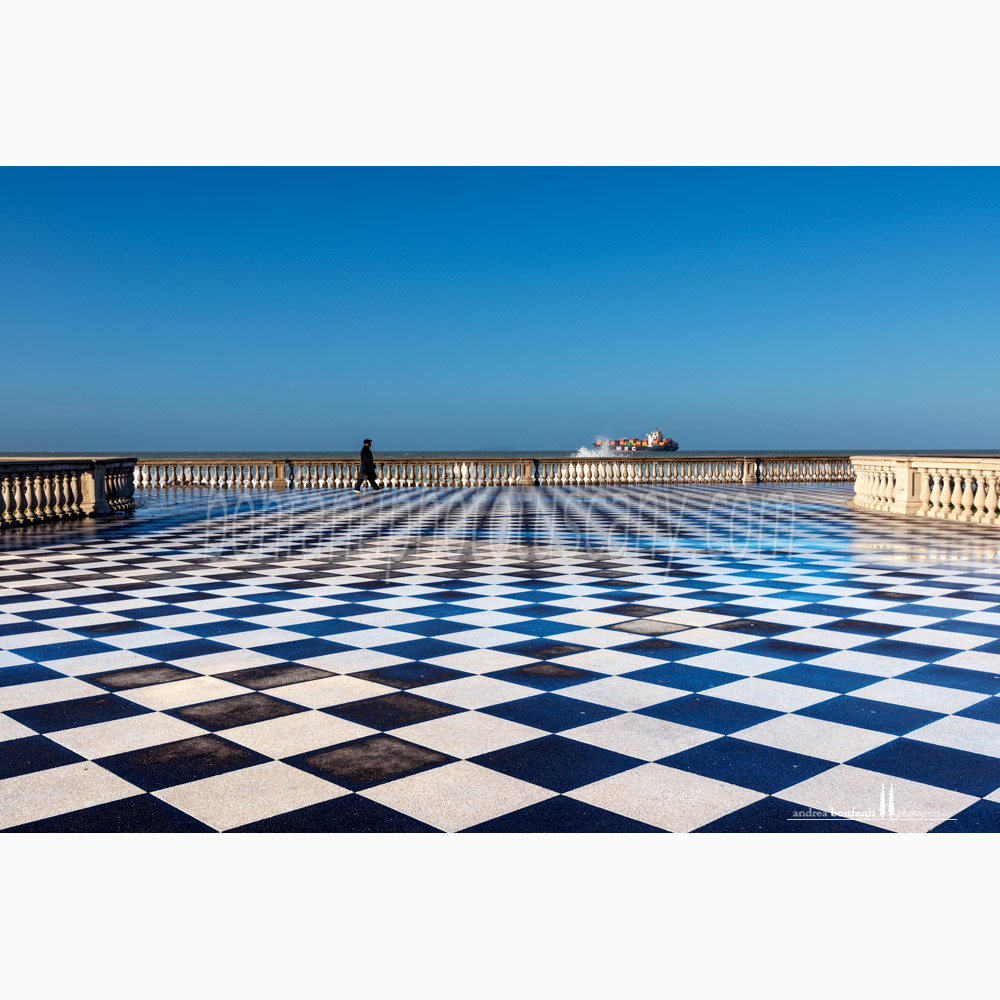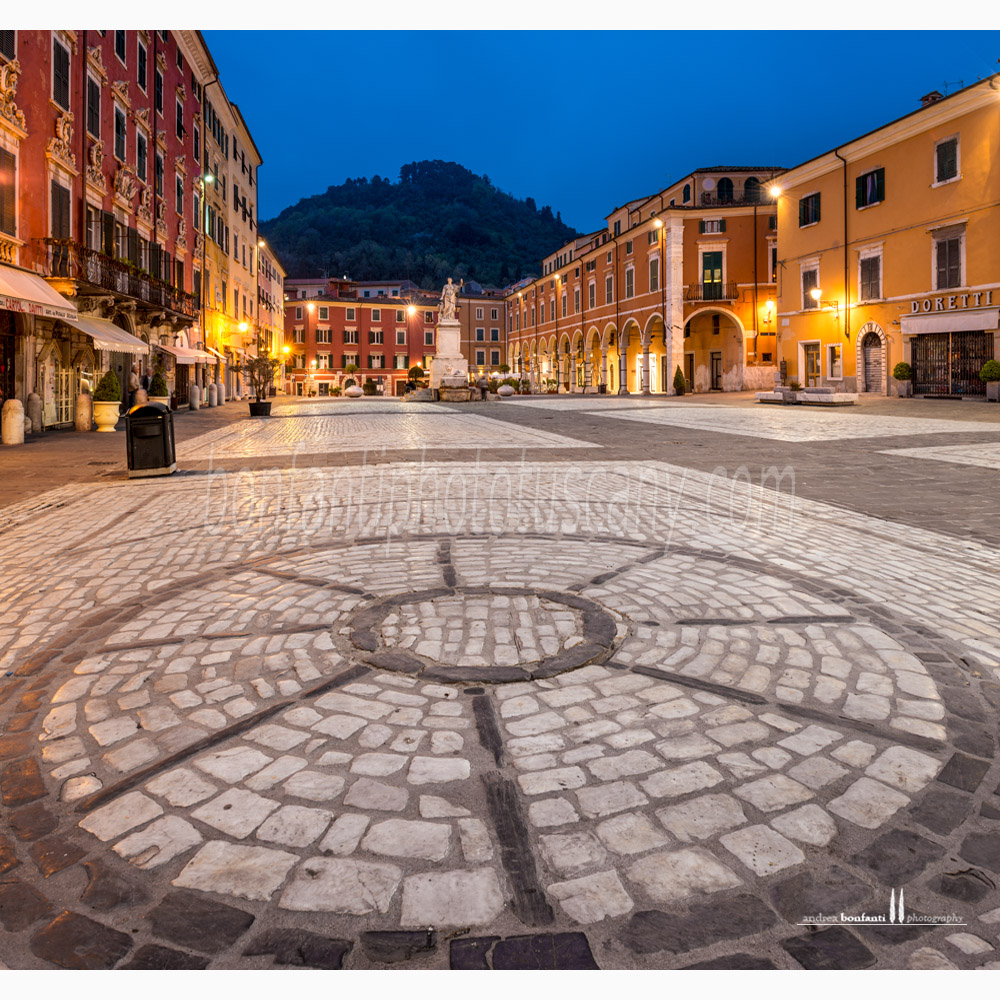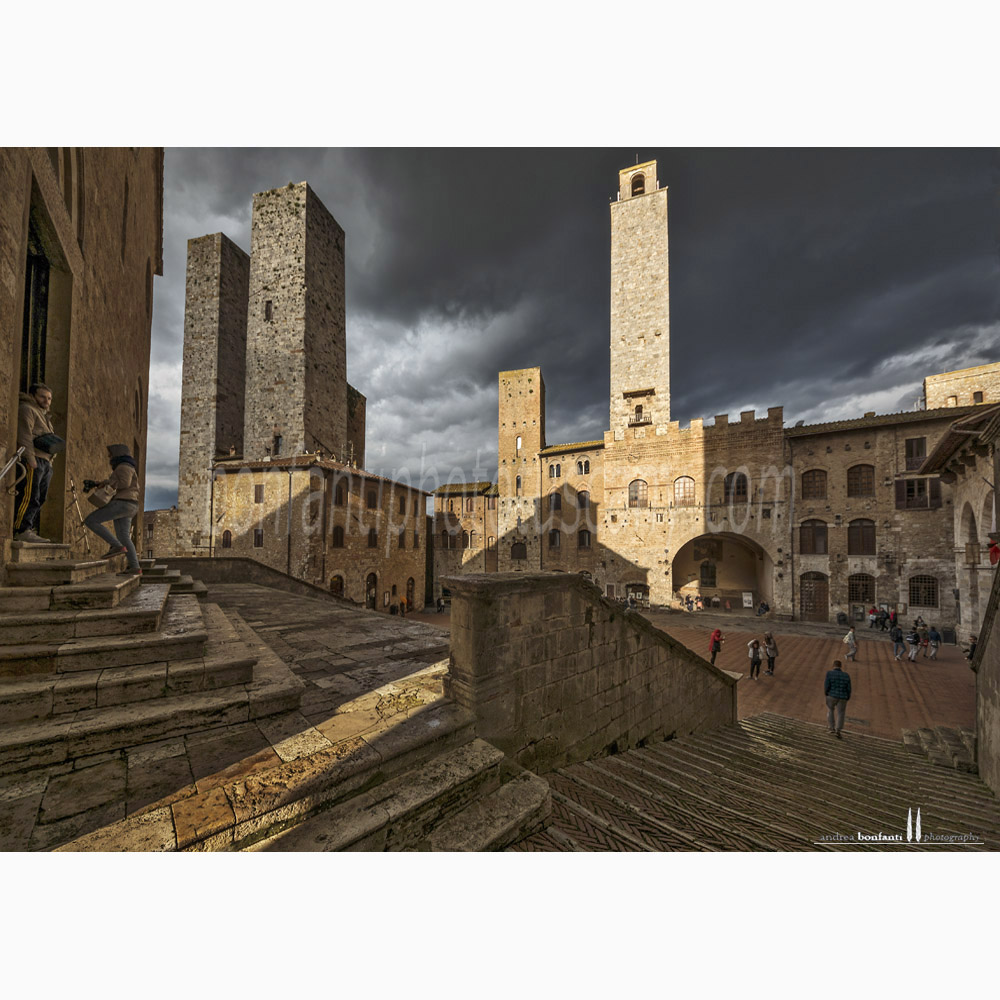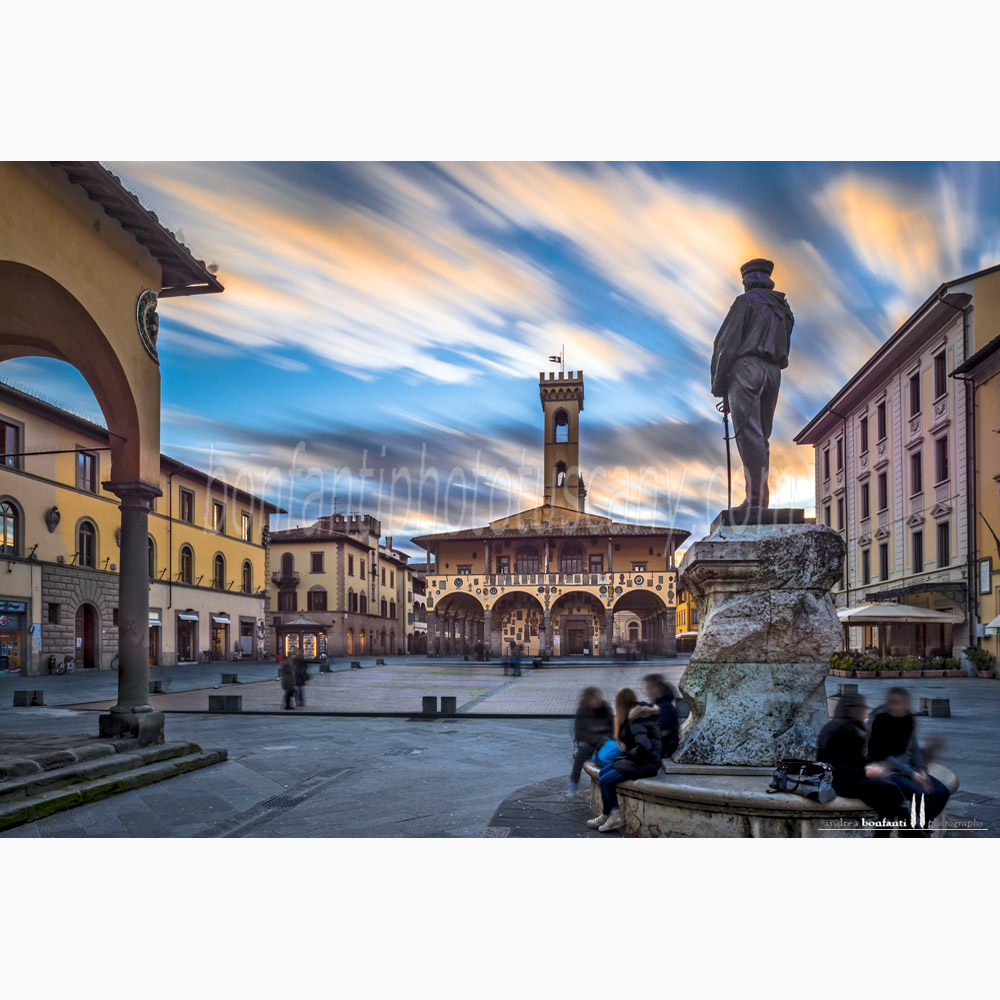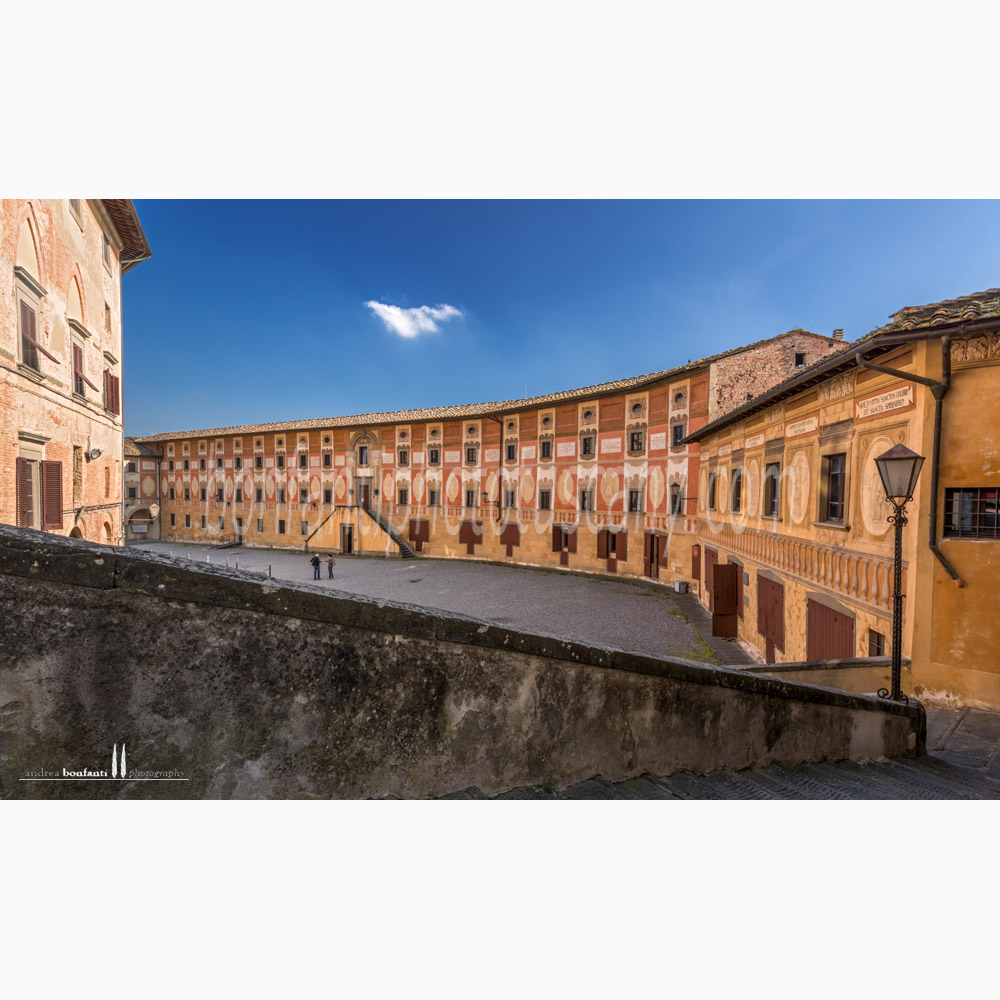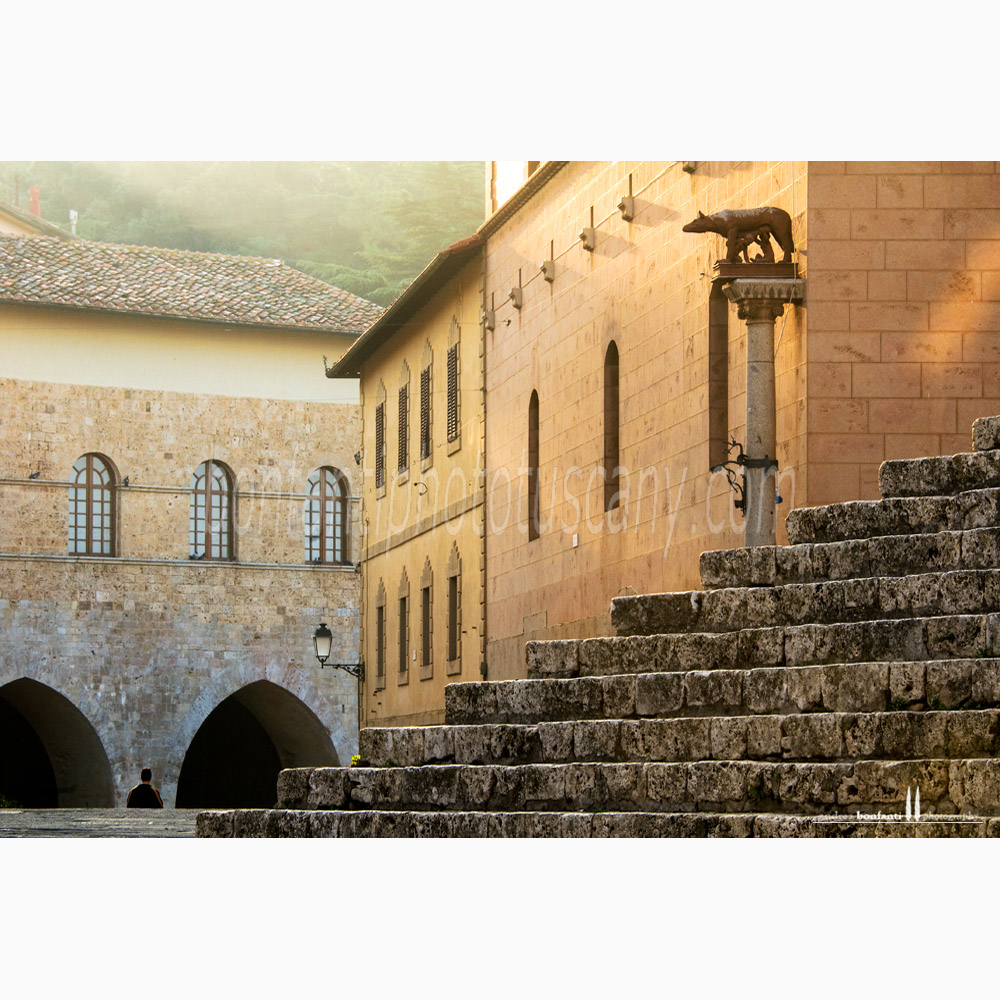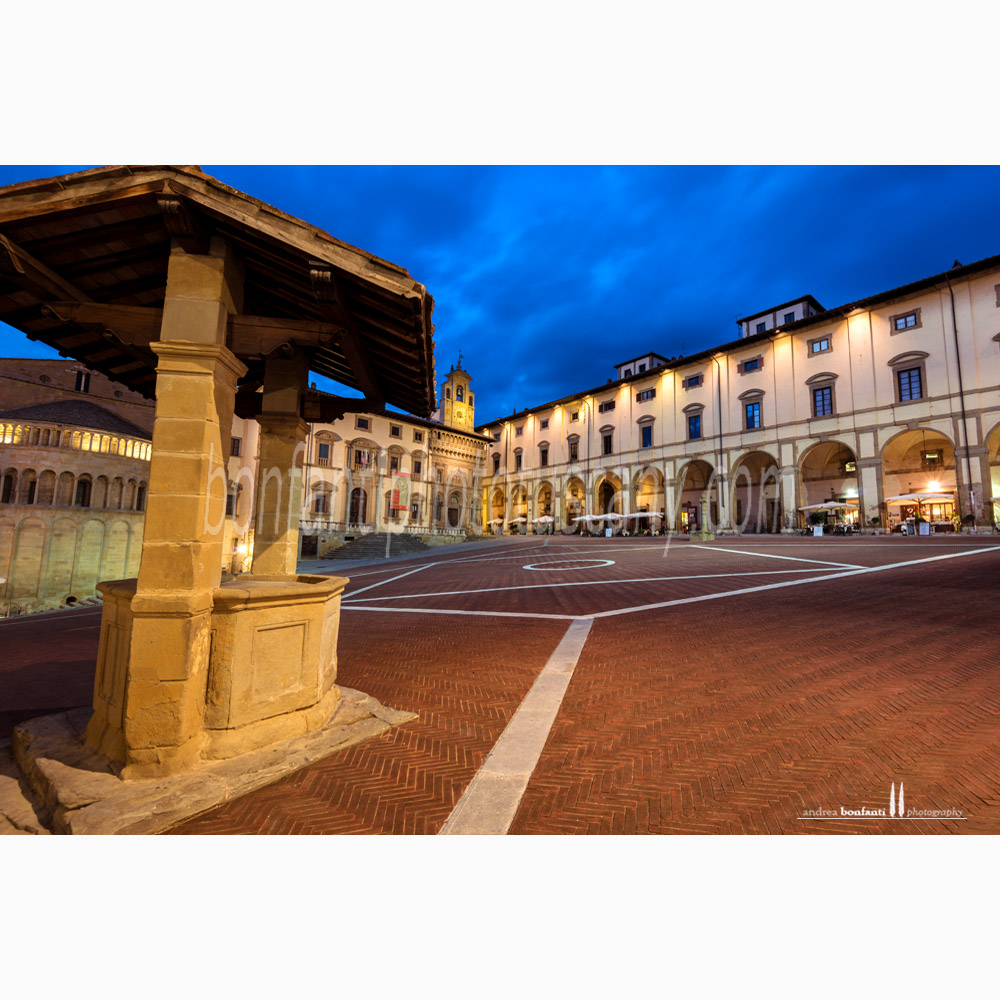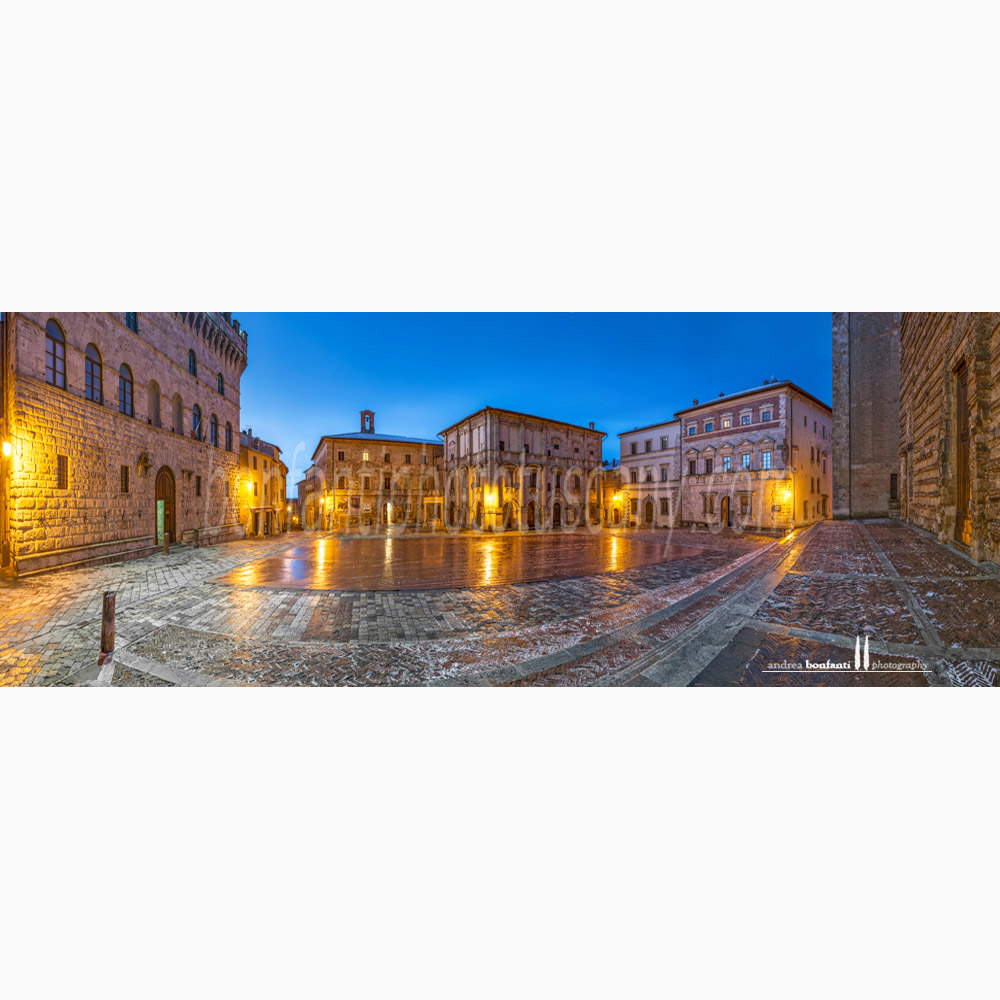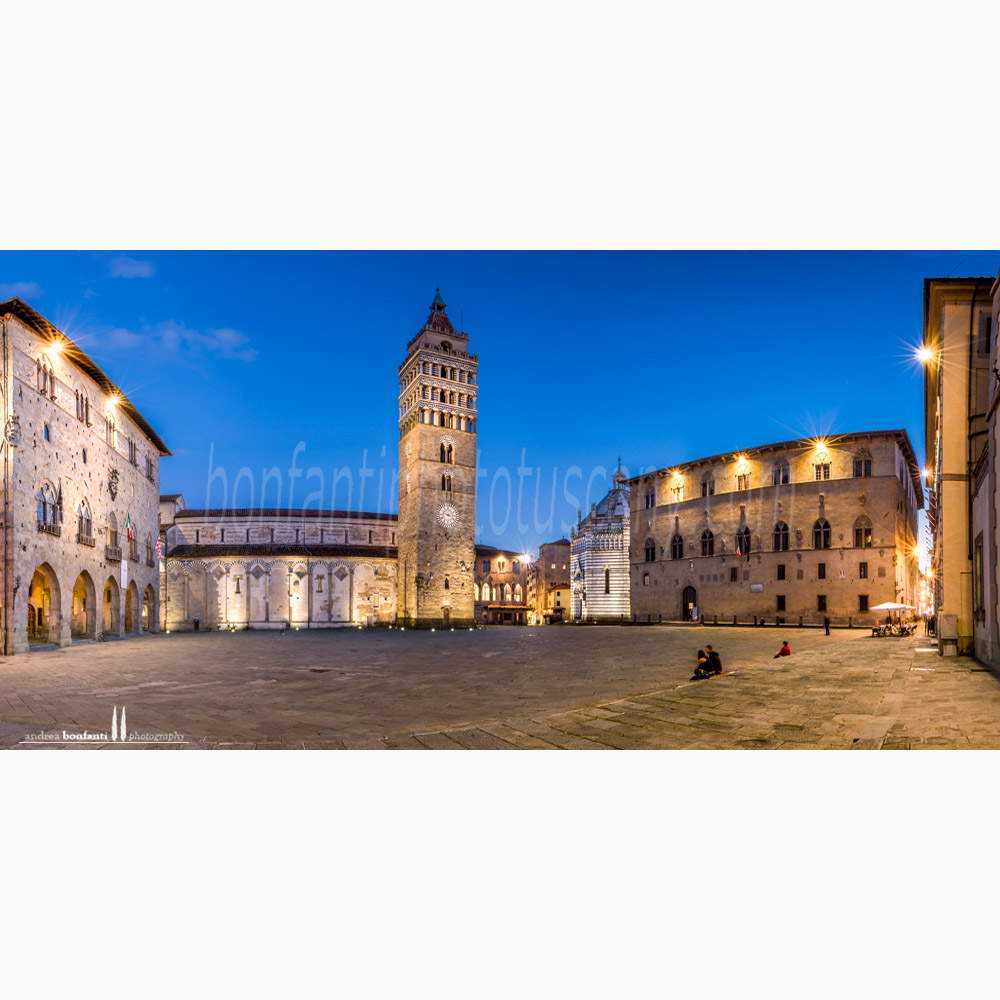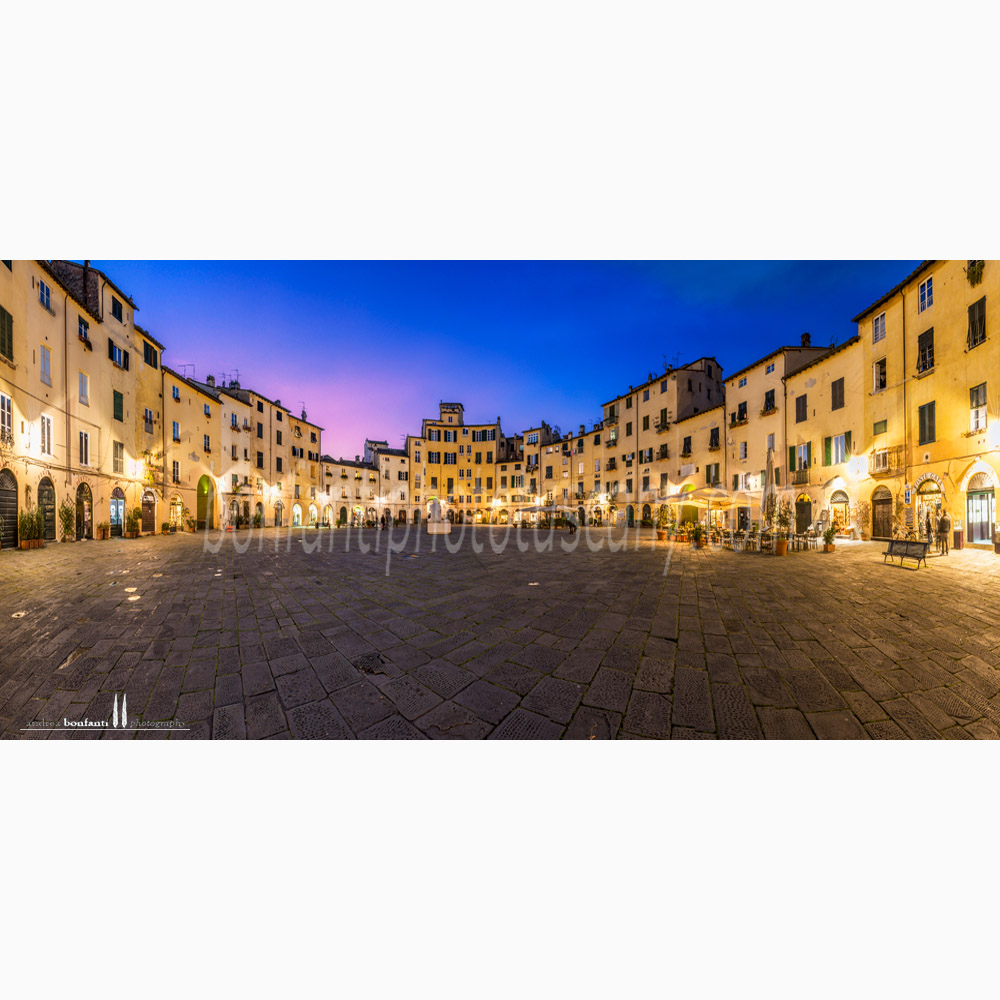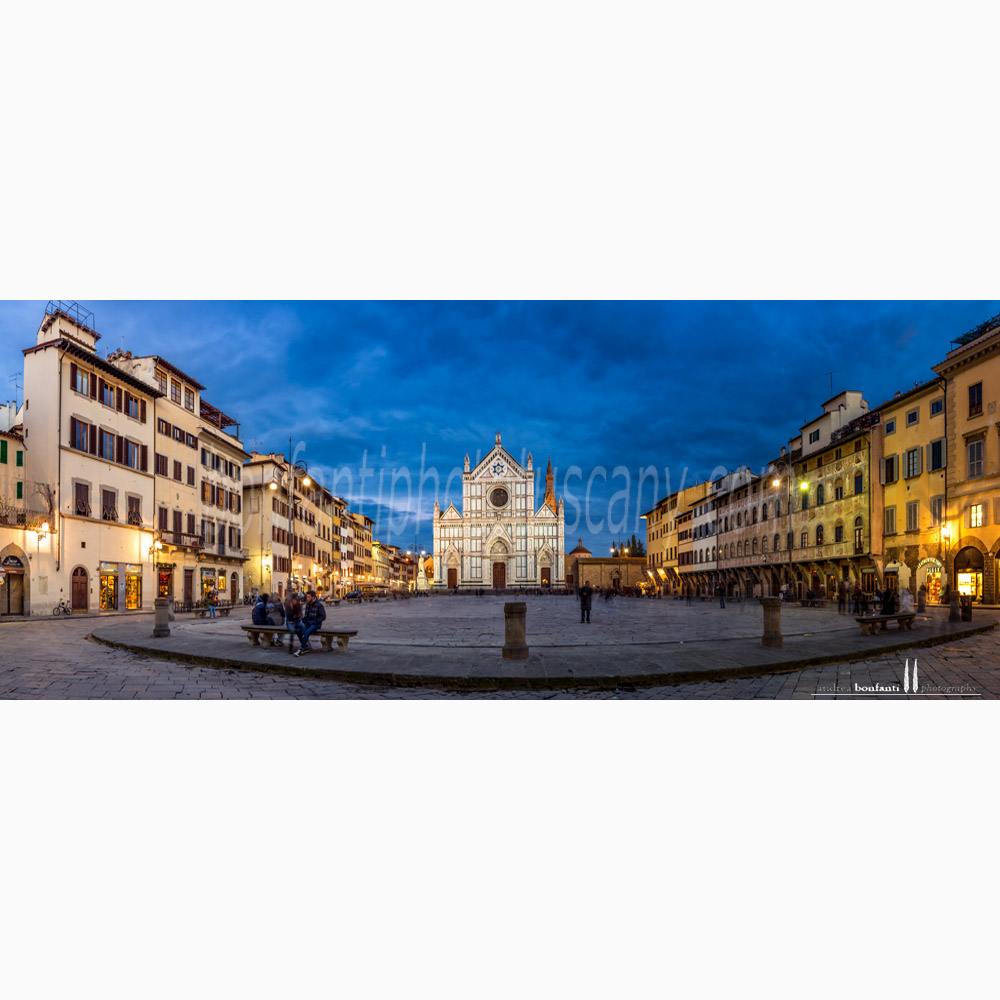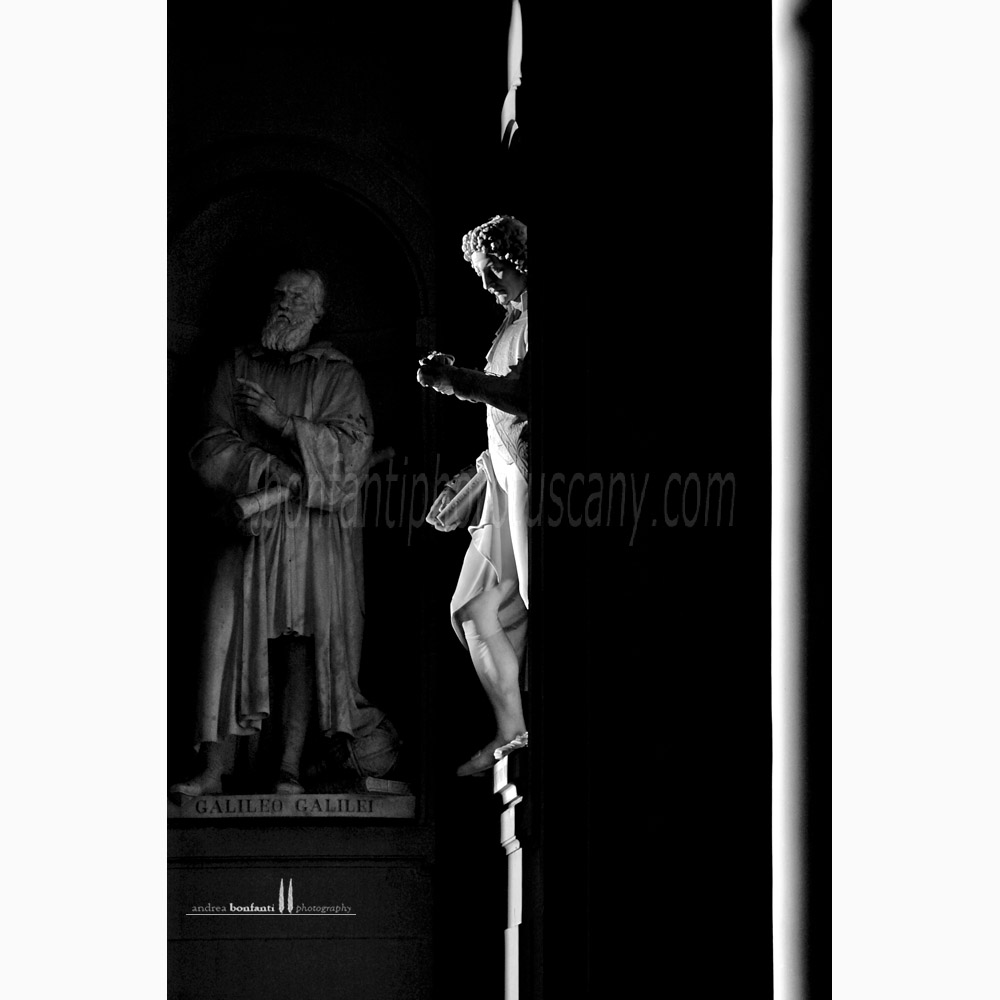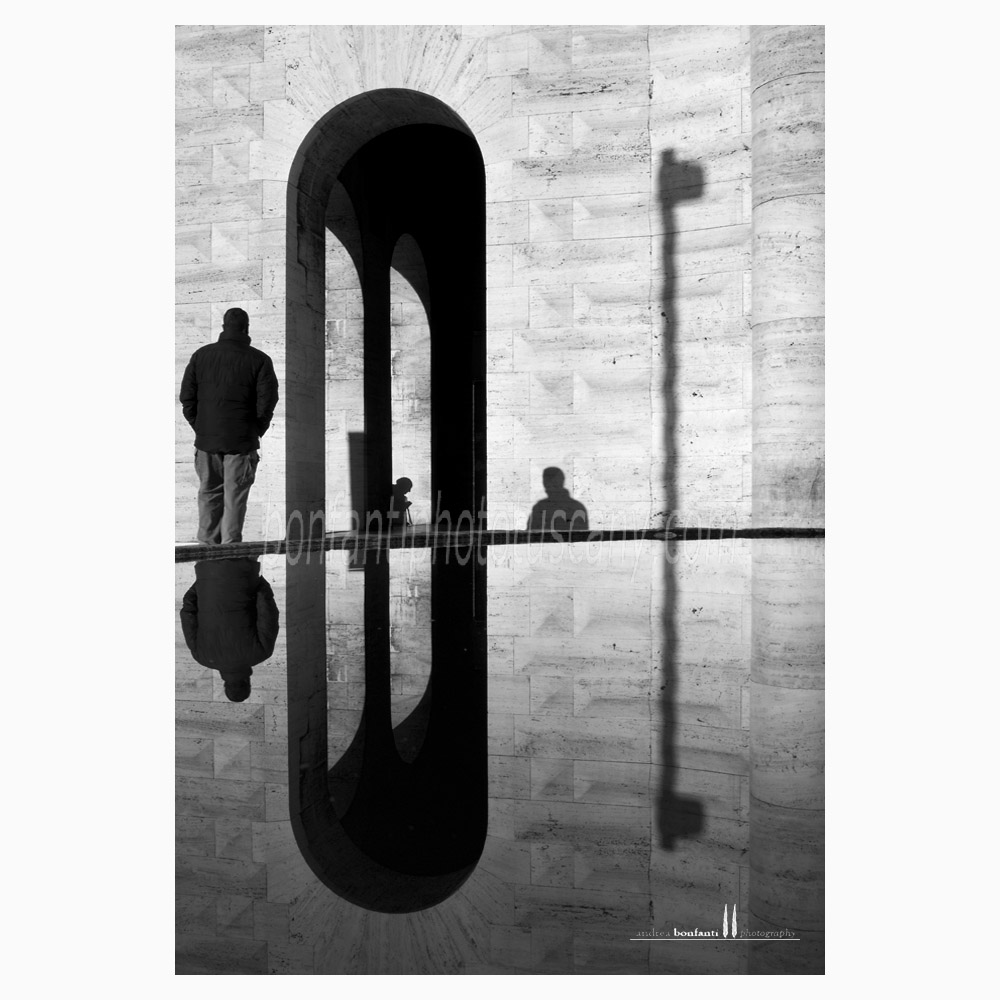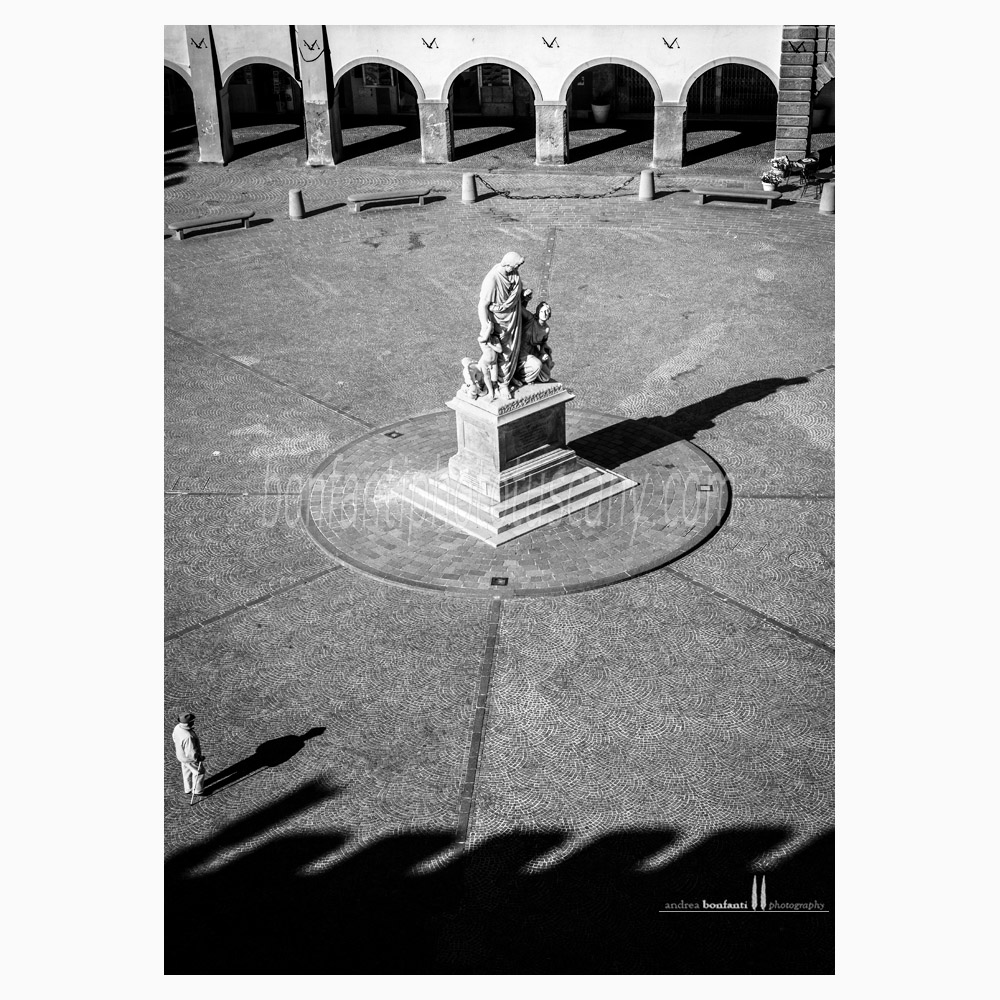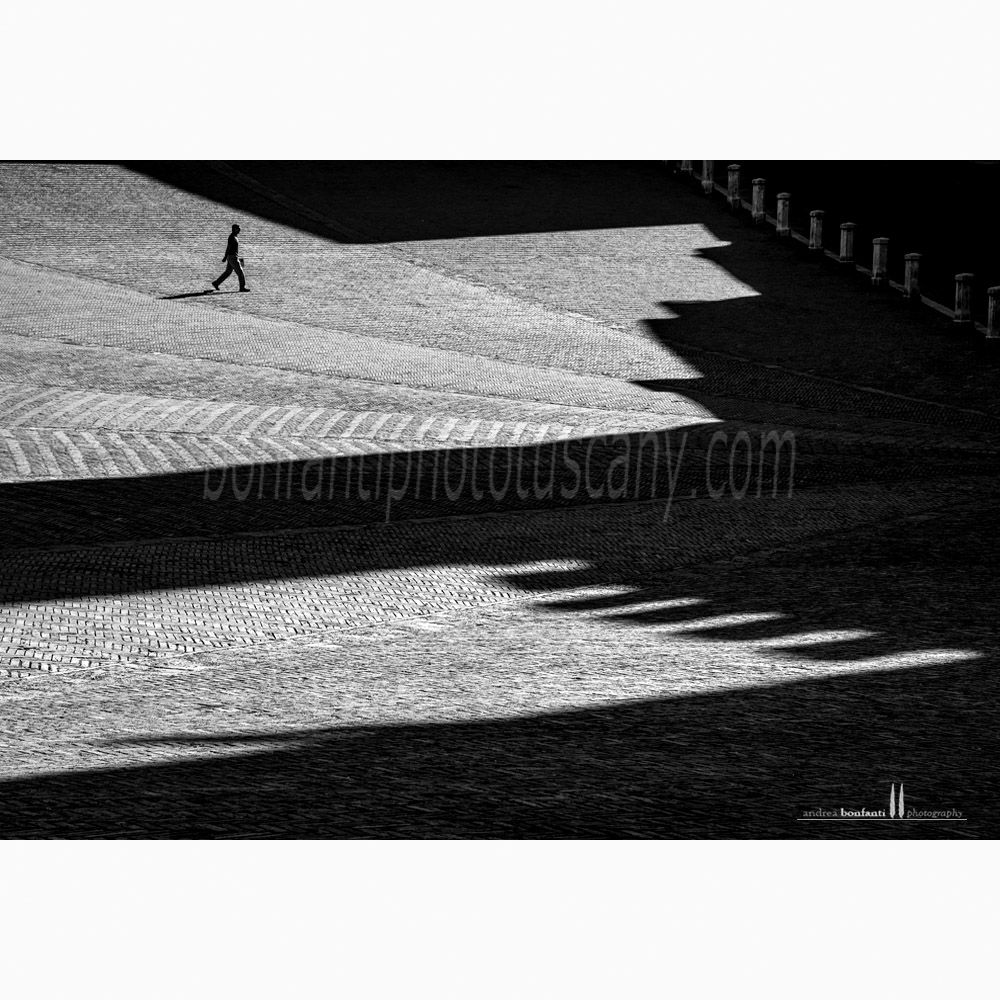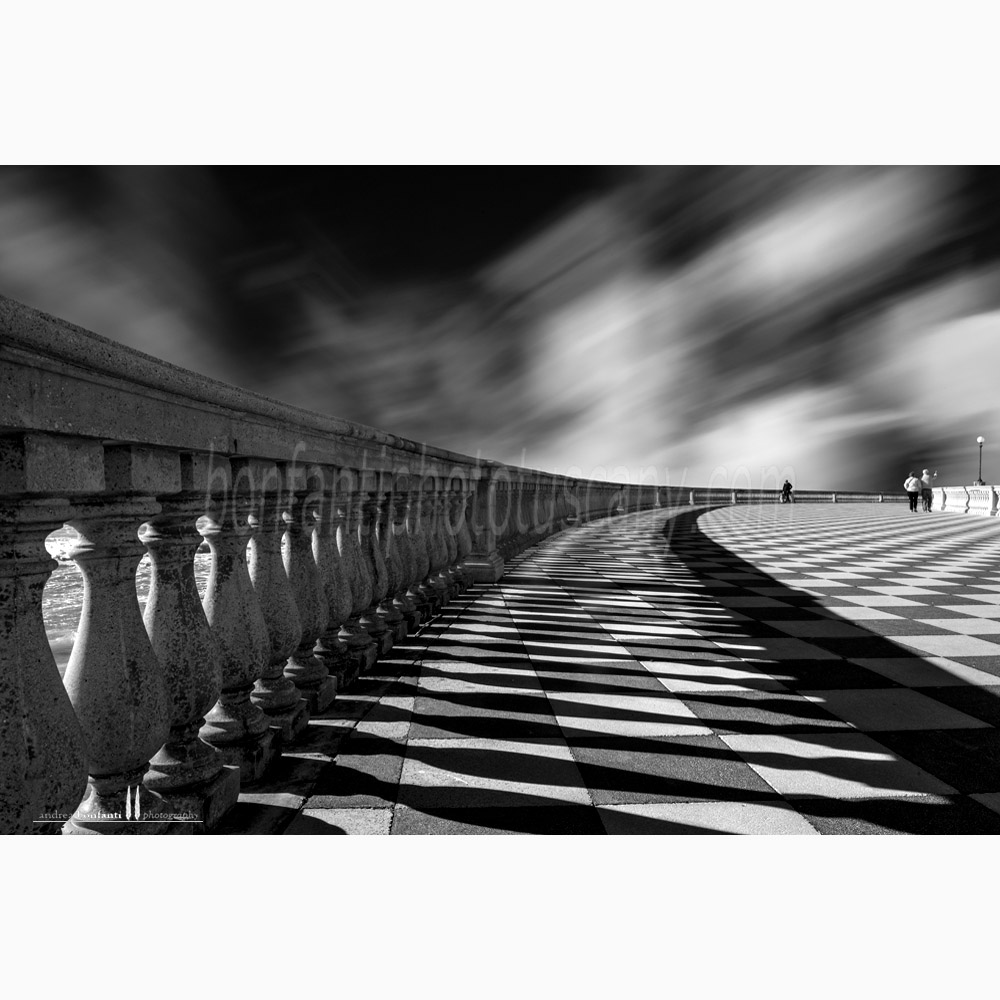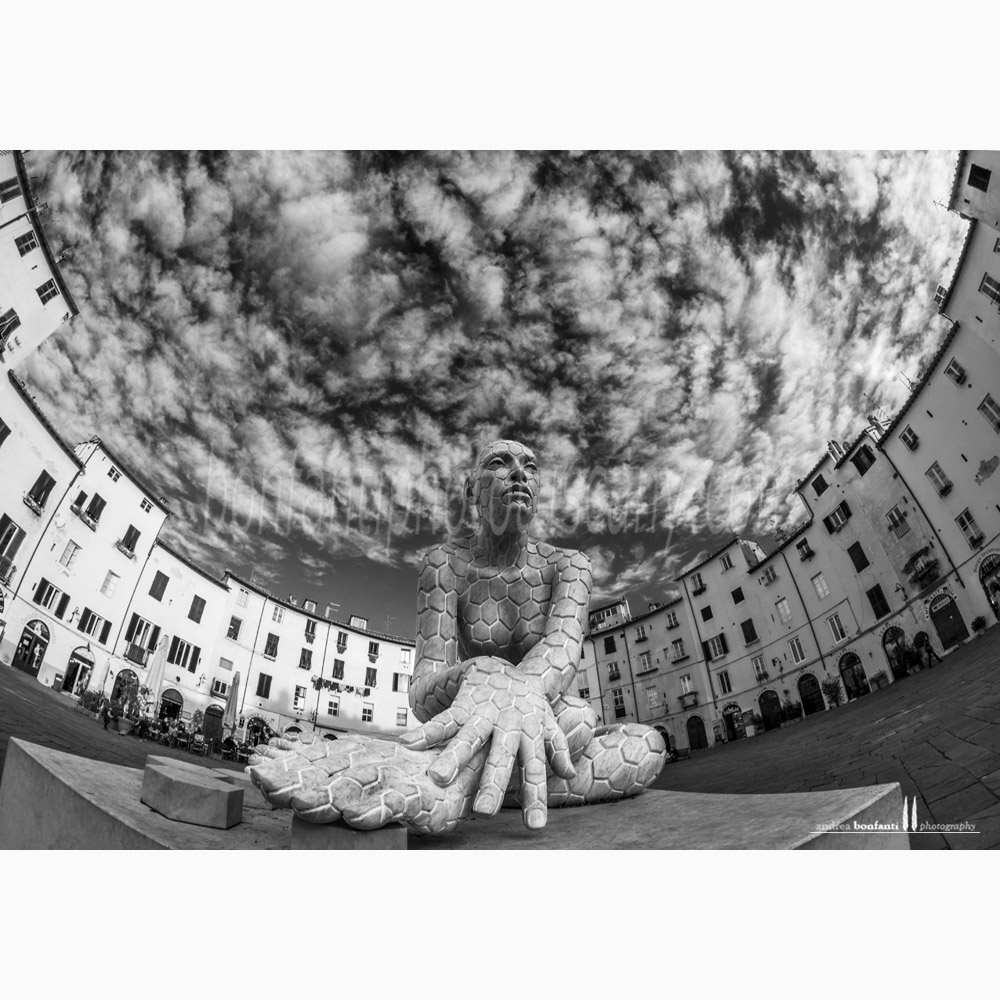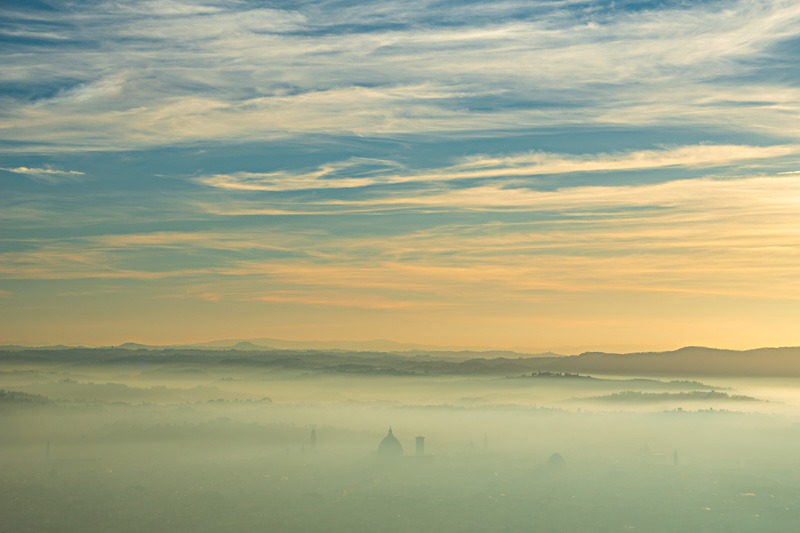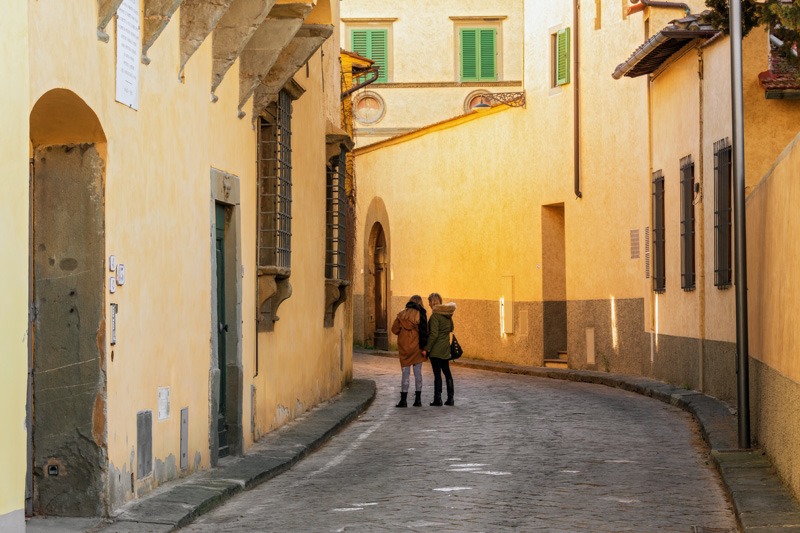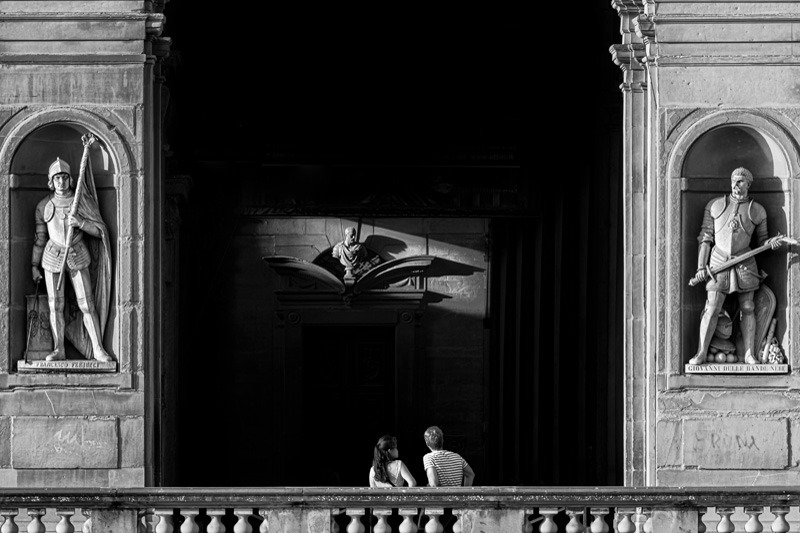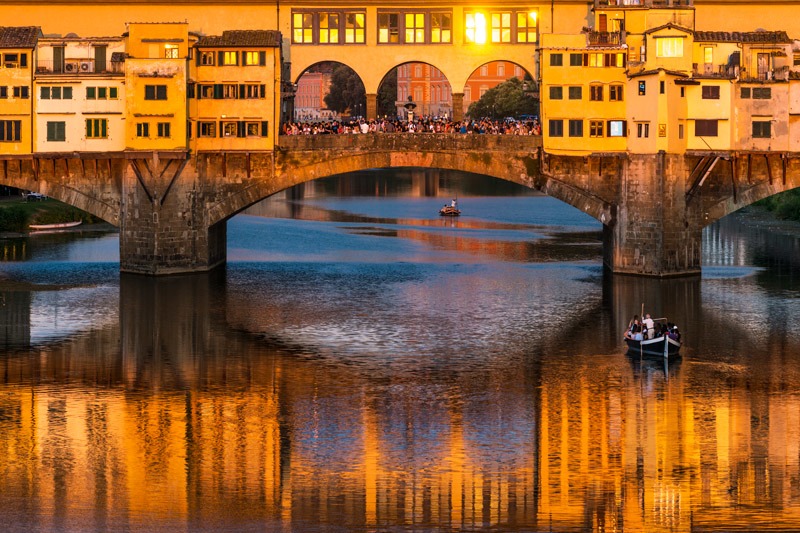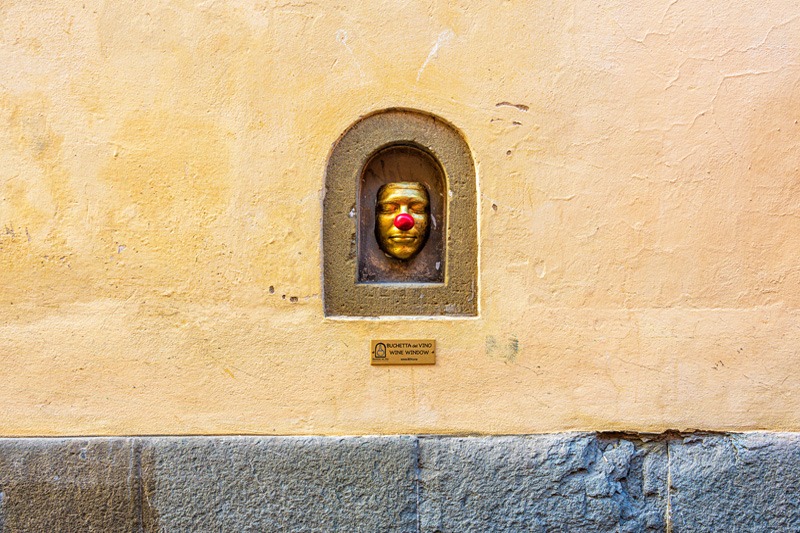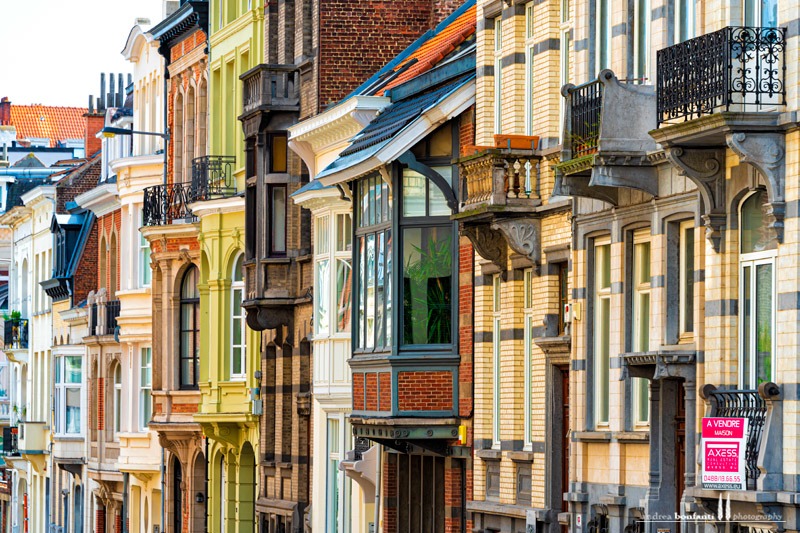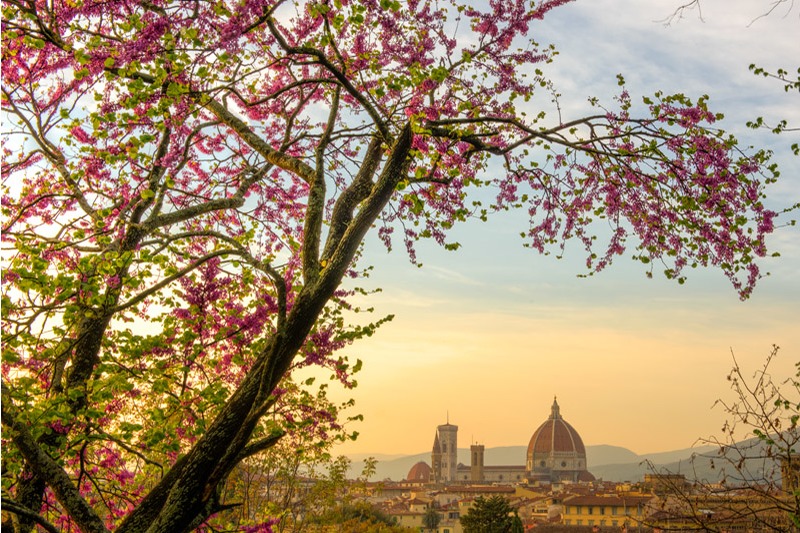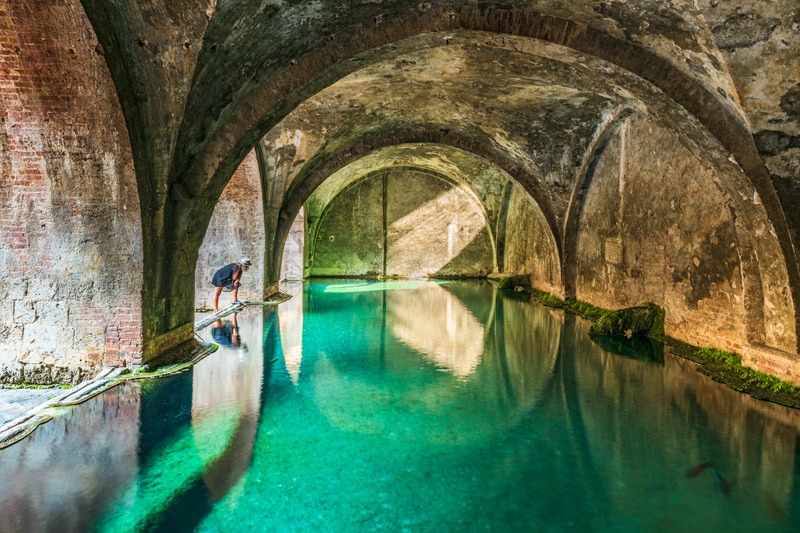shooting a tuscan piazza as a living theater
Generally we think of the square as an open space. But the square encompasses the heart of the city, guarding its intimacy. Before entering the square, the visitor must travel kilometers of urban roads, often entangled mazes. The square is a secret, difficult to access. It is also a place closed to traffic; all carriages, carts and cars - depending on the relevant century - stay out. The square is actually the most closed urban space there is. Also physically. Roads (yes, those open spaces) arrive there and stop. You can only go back or, at best, take a different path.
The Italian medieval square is the descendent of the Roman forum, which in turn derives from the Greek agora. There were religious squares, where church mystery plays were performed in the churchyards; there were merchant squares, filled every week with loud and colorful crowds; and finally the most important, and largest, were the civic public squares. Here the medieval city gathered together to make important decisions, while facing the majesty of the city’s hall, bonding together the sense of identity and belonging.
The Italian medieval squares, and those of the Tuscan cities in particular, are masterpieces of measure and of proportion, often created by anonymous architects whose work was not codified by numbered laws but guided by genuinely urbanistic intuition. Even more surprisingly, there is not one that resembles another.
This tradition was entrenched in the Renaissance, a time when it was the Lord who led the assemblies, the famous architect who oversaw the nameless artisans, and the rules of perspective were those of common sense. The Renaissance has handed down to us squares of great aesthetic beauty, where the picturesque and apparent medieval disorder is replaced by a monumental, conscious, and exact sense of spatial proportion. But something extremely vital, exclusive to our culture, was gone forever.
As you move through the streets of a city, you might choose to stop in the square. You might sit, speak, read, or simply stay to observe. For a photographer, shooting in a square is very stimulating. Depending on one’s interests and personal nature, people, moments of life or monumental aspects can all be photographed; attention can focus on a detail or embrace the whole square with a sweeping panoramic view. I imagined the Tuscan squares to be a great theatrical stage where buildings, churches, statues, people passing by and even their shadows were all actors unaware of their daily performance. A stage in which some actors change rapidly while others, as they remain physically in place, completely change their photographic appearance because of the light.
